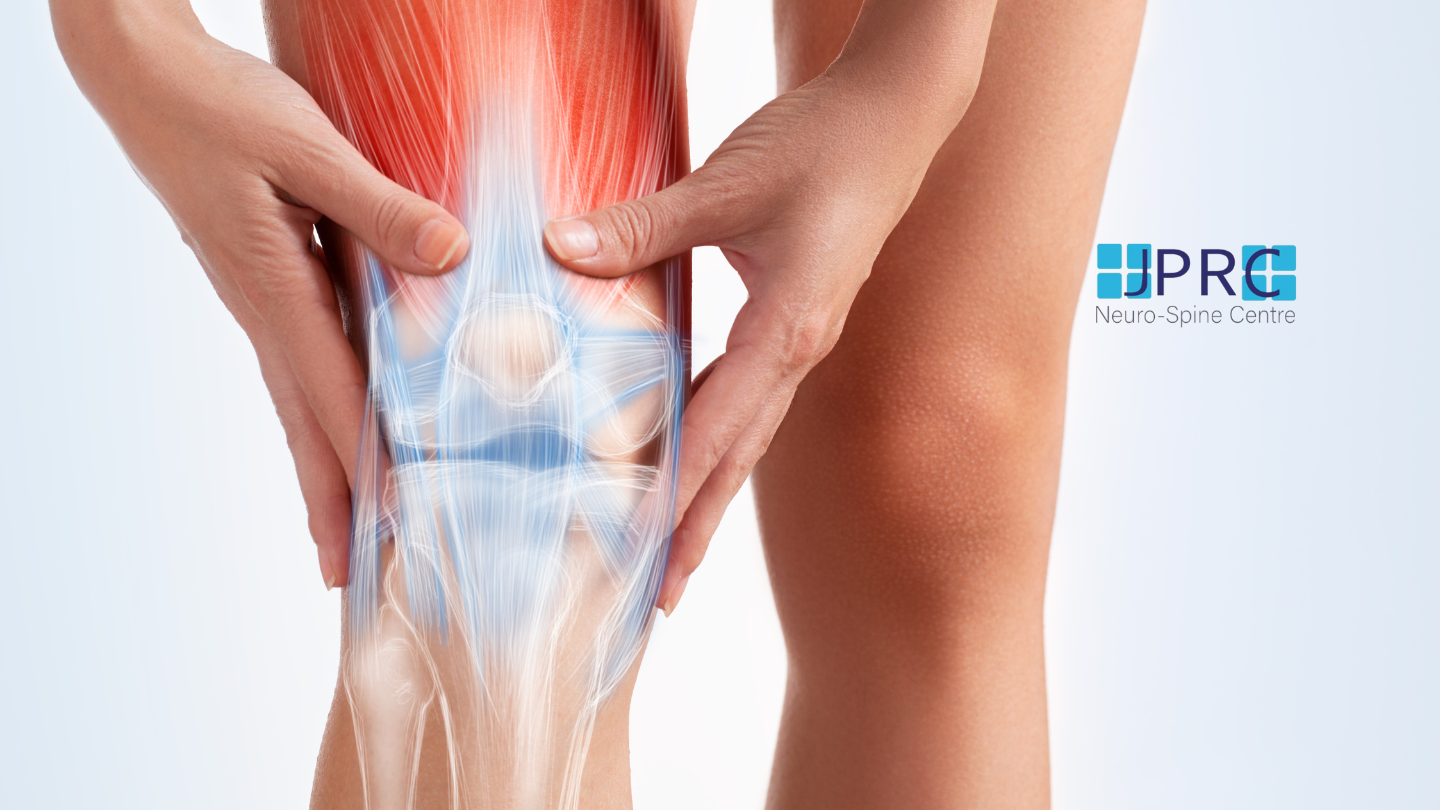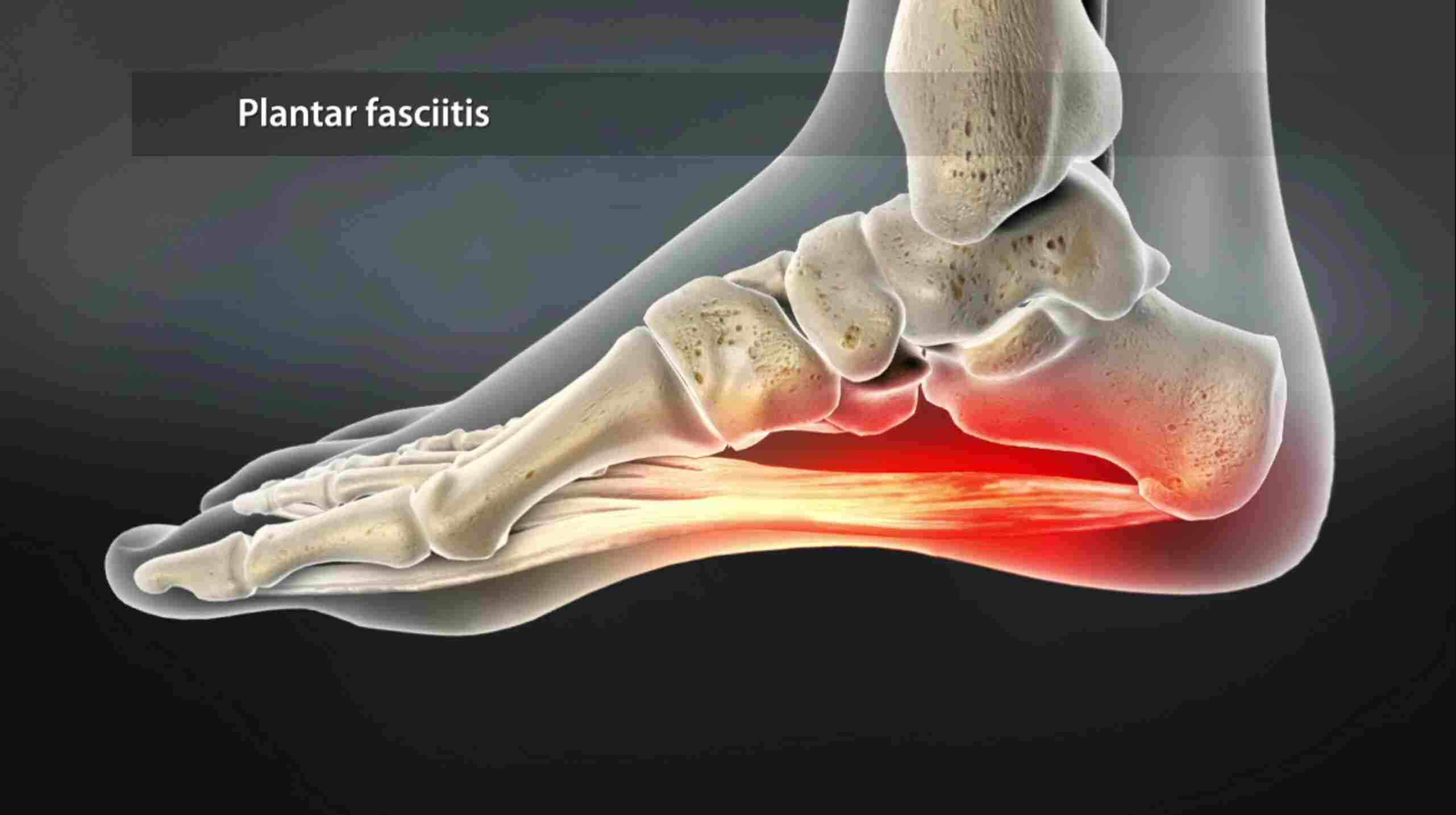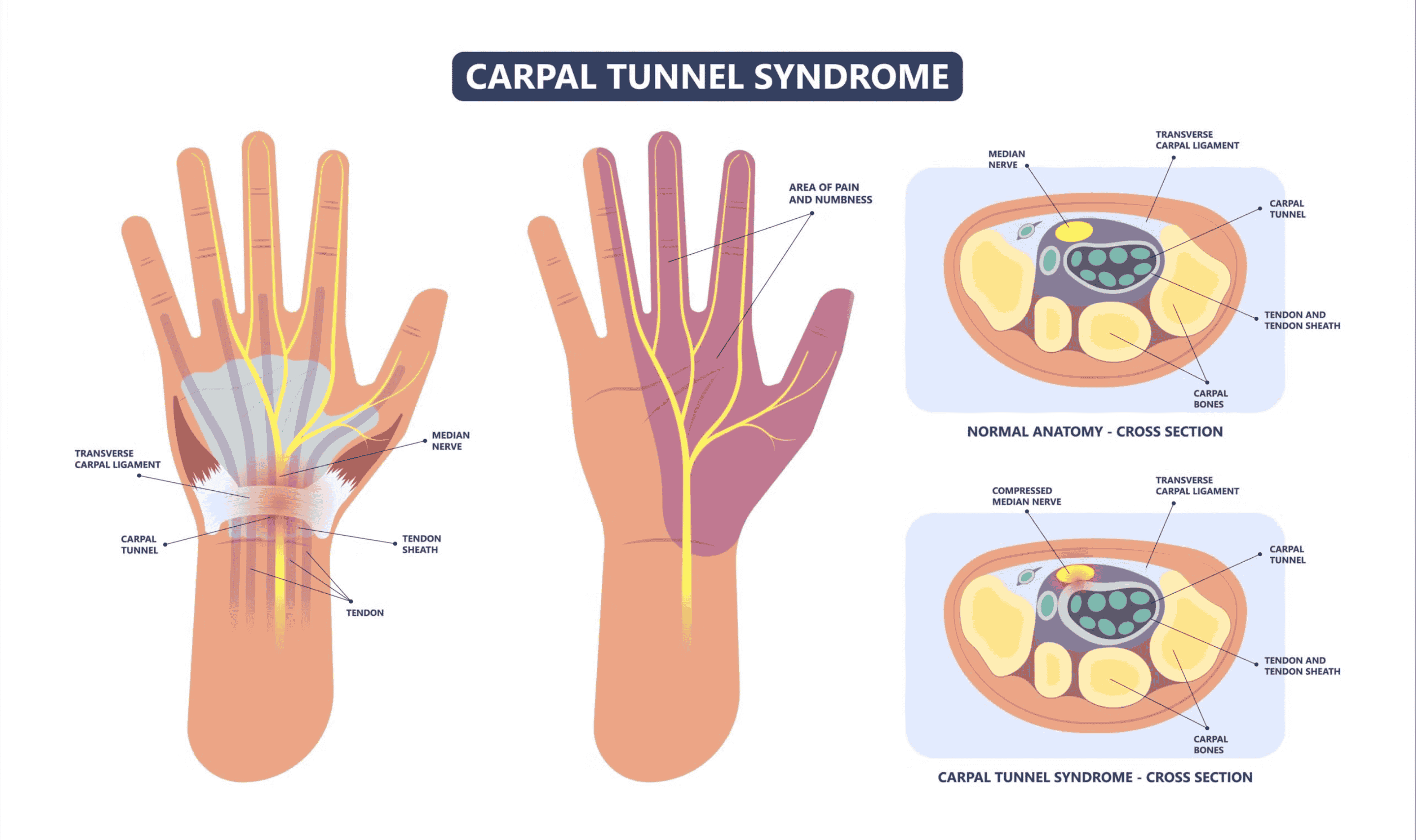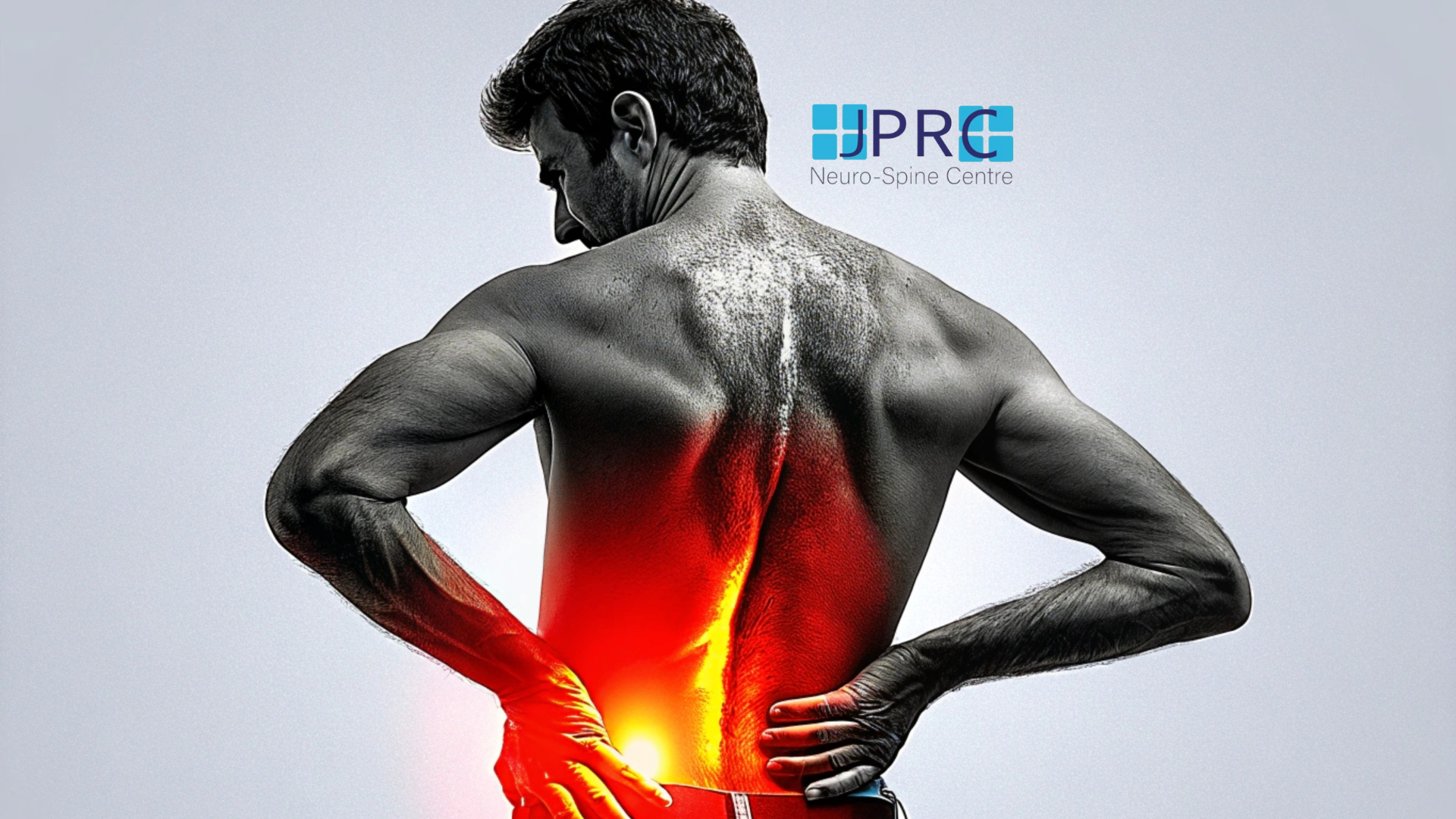Everything you need to know about slipped disc condition
The spine in the human body comprises vertebrae, discs, nerves, and muscles that support our body while giving us enough flexibility to move, walk, jump, and do other activities. However, there are high risks of developing health conditions in the spine. One of the most common spine conditions is a condition of a herniated disc or slipped disc. It is important to understand how can you manage the condition. Consult Dr. Sanjay Sharma, the Interventional pain physician to ask for preventive measures and treatment options to stop the condition from worsening.
There are many factors behind this condition in any individual including age, job type, genetics, obesity, and smoking habits. In this blog, we will learn the symptoms and treatment options of the condition.
Symptoms of Slipped disc
- Prolonged back pain that frequently travels down the legs, arms, or buttocks.
- Numbness or tingling in the afflicted area.
- Weakness in the muscles, especially the arms or legs.
- Pain that is made worse by bending, lifting, or twisting.
- Reflex modifications such as weaker reflexes in the affected limb
What are the treatment options for a herniated disc?
Options for treating a herniated disc usually rely on the patient's general health as well as the intensity of their symptoms. Conservative methods are frequently successful in reducing discomfort and accelerating recovery in mild situations. These might consist of rest, medicine, physical therapy, and lifestyle adjustments.
- Lifestyle modification: Maintaining a healthy weight is crucial to lower the stress on your spine. Regularly indulge in physical exercises to strengthen muscles, practice good posture, and avoid sitting or standing for too long.
- MIPSI technique: The Minimal invasive pain and spine intervention (MIPSI) technique fixes slip discs by making smaller cuts and using special tools. The MIPSI technique causes less pain and harm to your back, helps you heal faster, and lets you leave the hospital sooner, making it better for you.
- Physical therapy: Physical therapists seek to increase flexibility, correct posture, and strengthen the muscles that support the spine via targeted stretches and exercises. Treatment options for pain relief and healing from the herniated disc may also be used in therapy to speed up recovery and lower the chance of recurrence.
- Prescription-based medicines: Medications such as nonsteroidal anti-inflammatory drugs (NSAIDs), muscle relaxants, and pain relievers are often prescribed to manage pain and inflammation associated with slip discs, providing symptomatic relief during recovery.
In cases when non-surgical treatments fail to offer relief, surgical treatments or epidural steroid injections are beneficial therapy choices. For spine stabilization, interventional pain physicians like Dr. Sanjay Sharma recommend surgical procedures such as spinal fusion or discectomy to removethe herniated section of the disc. People must collaborate with healthcare experts to obtain the best care for their unique requirements and situations.






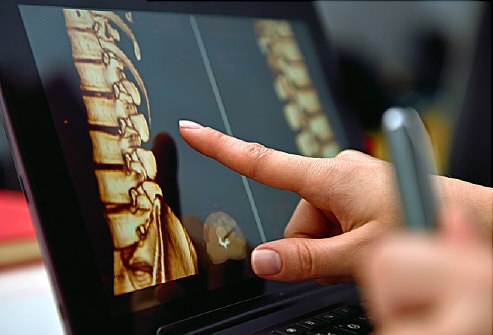



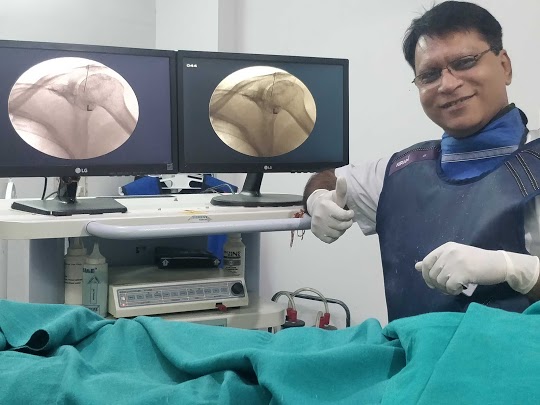

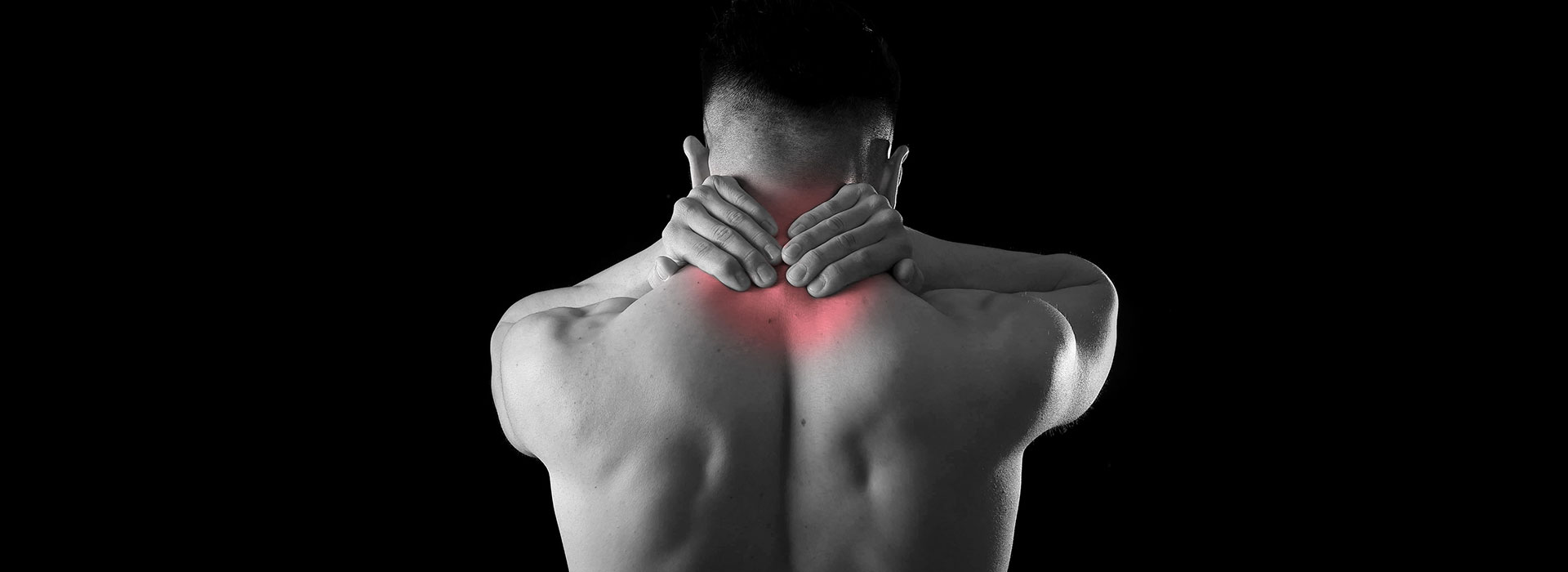



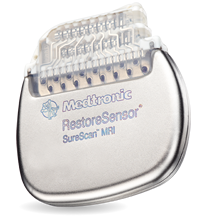

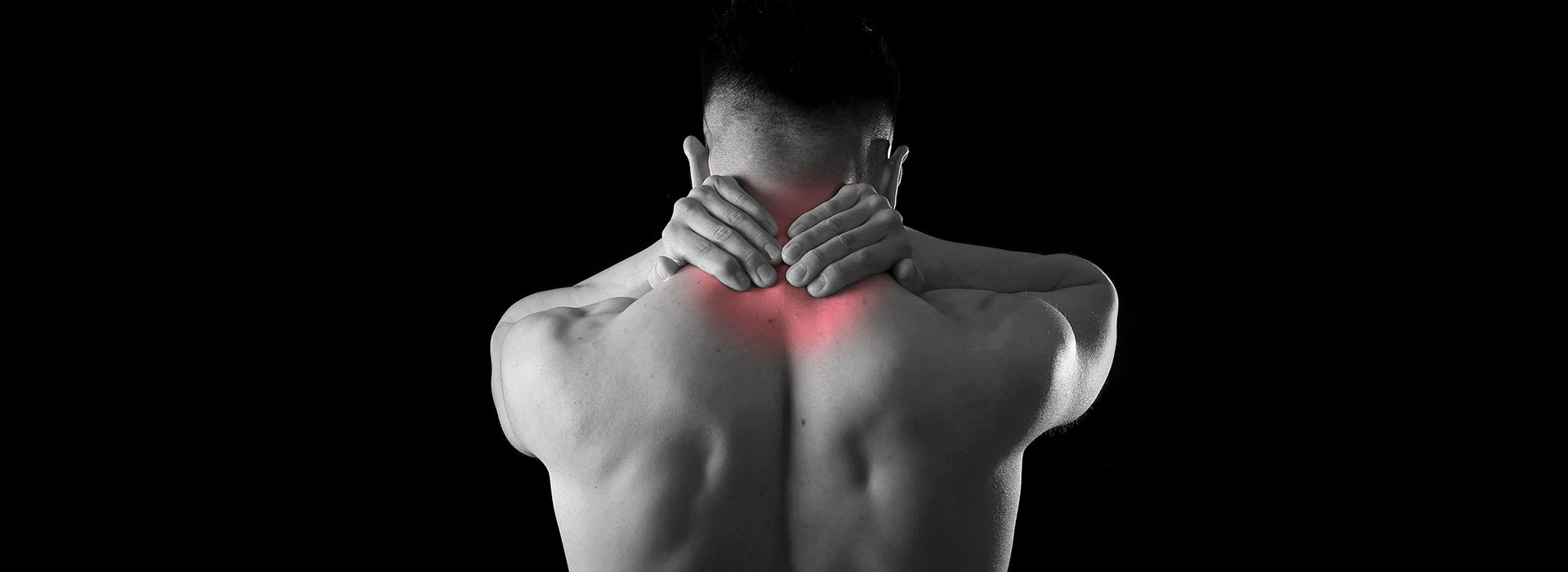





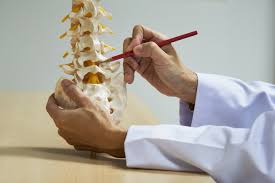
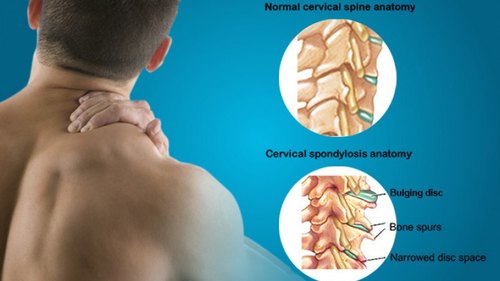
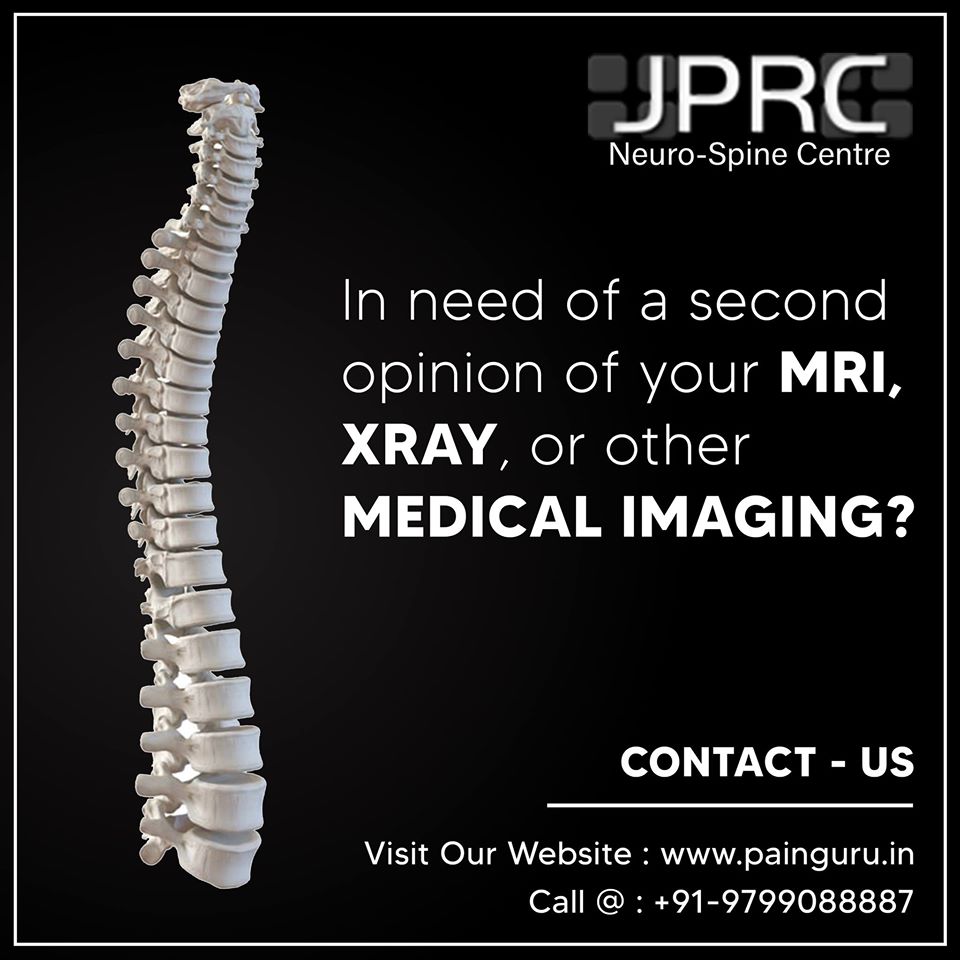
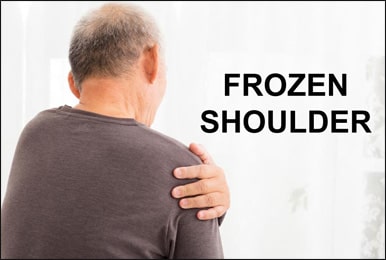









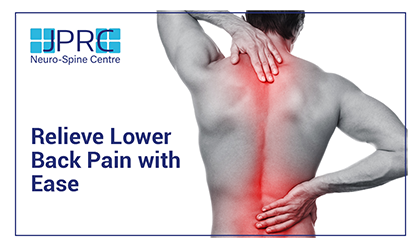





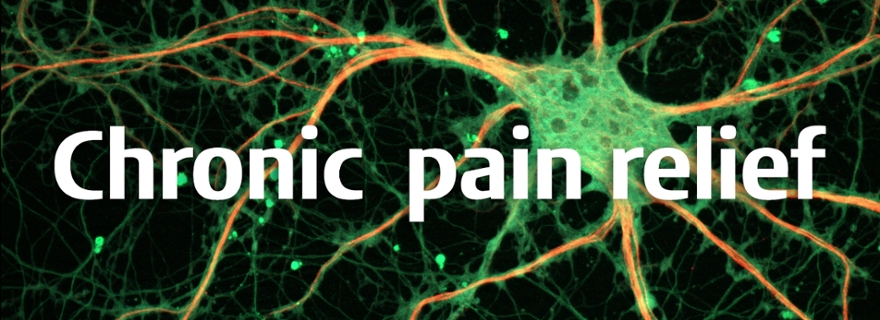


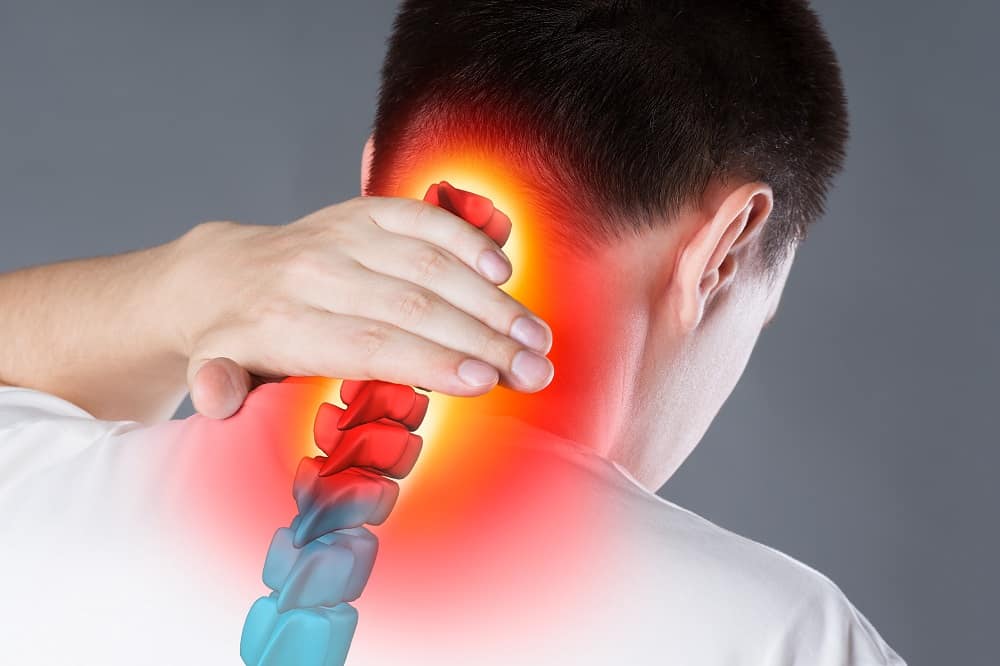
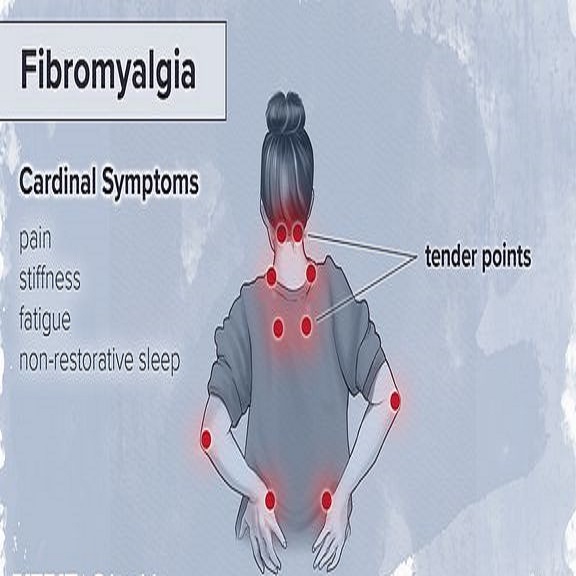
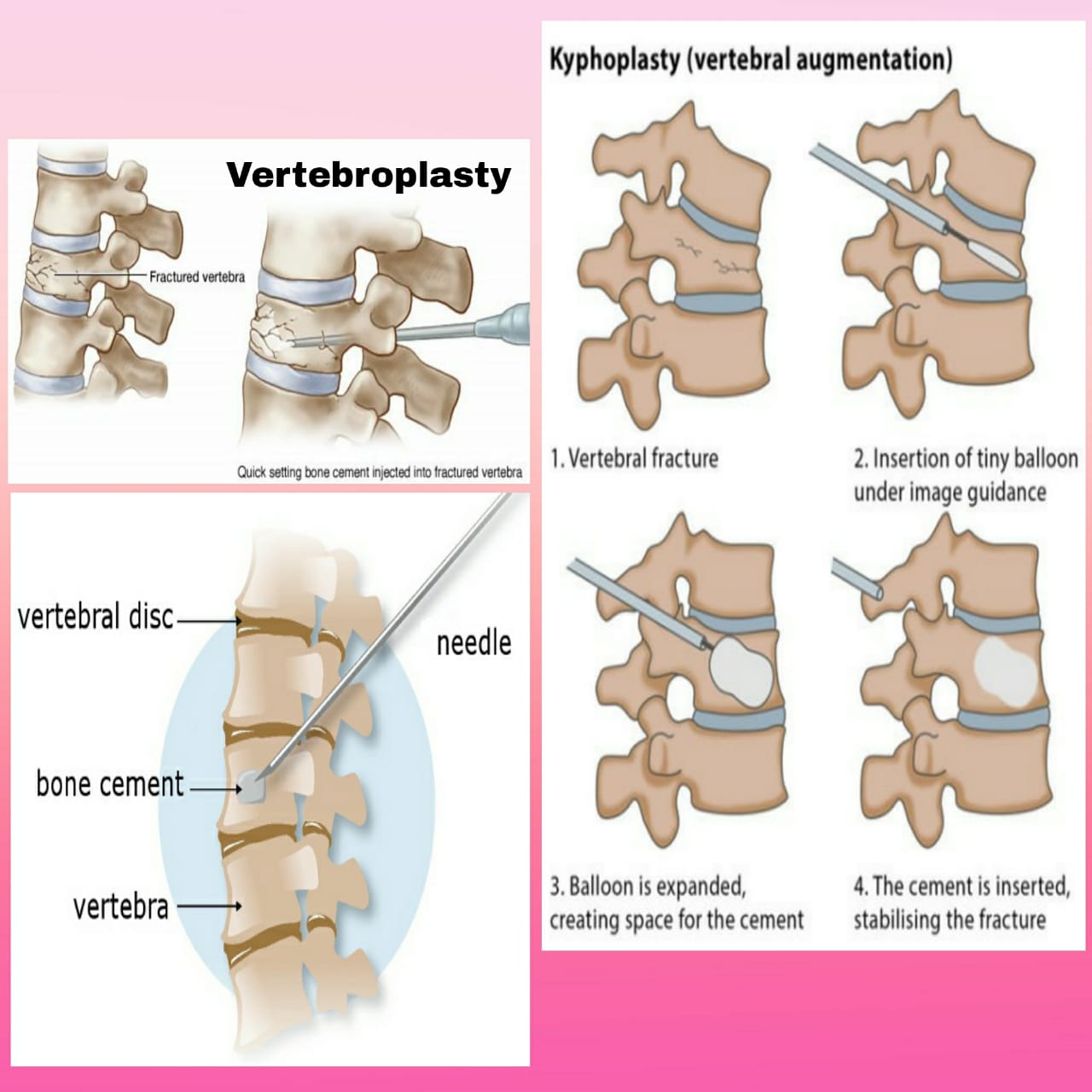


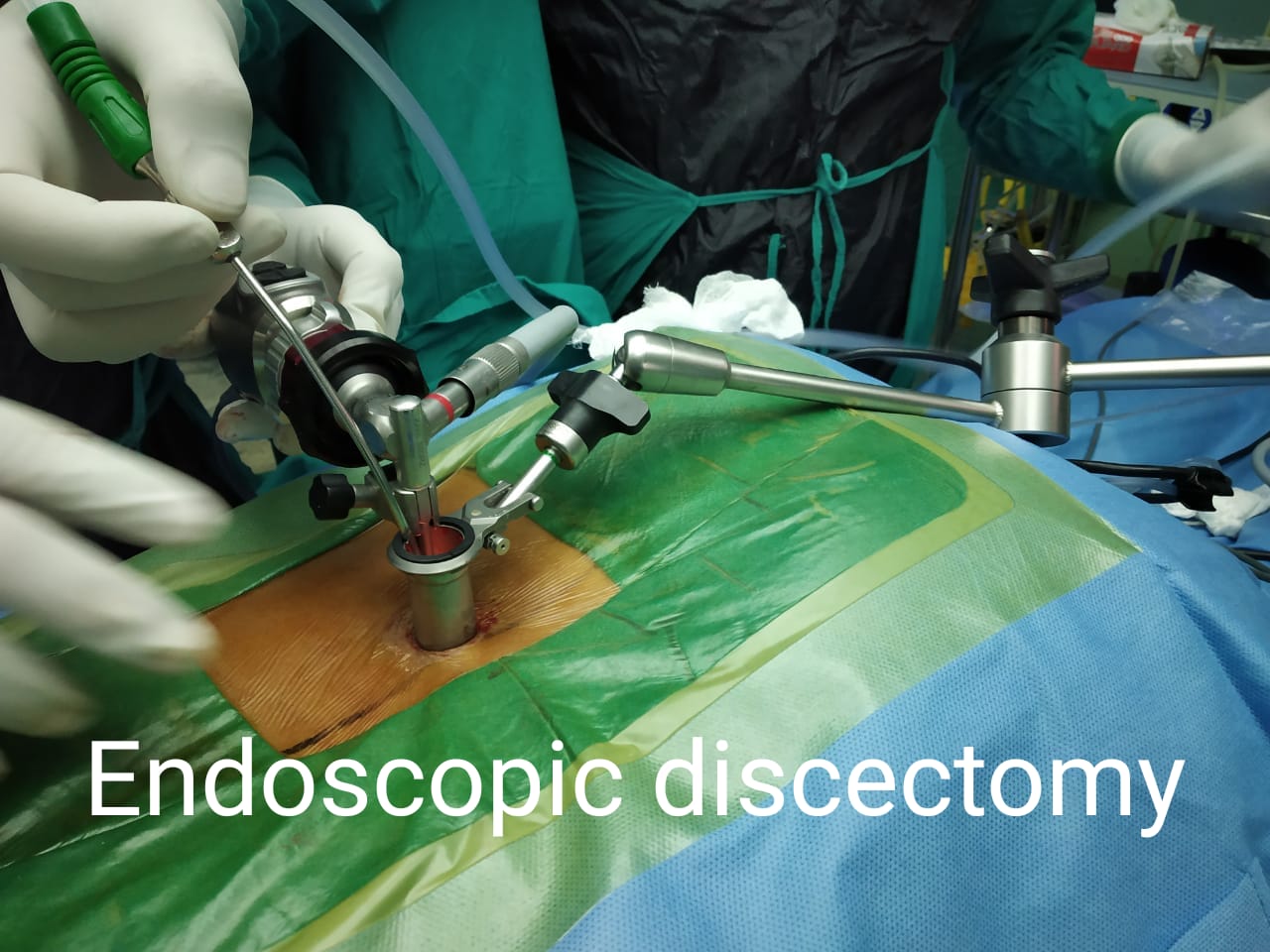



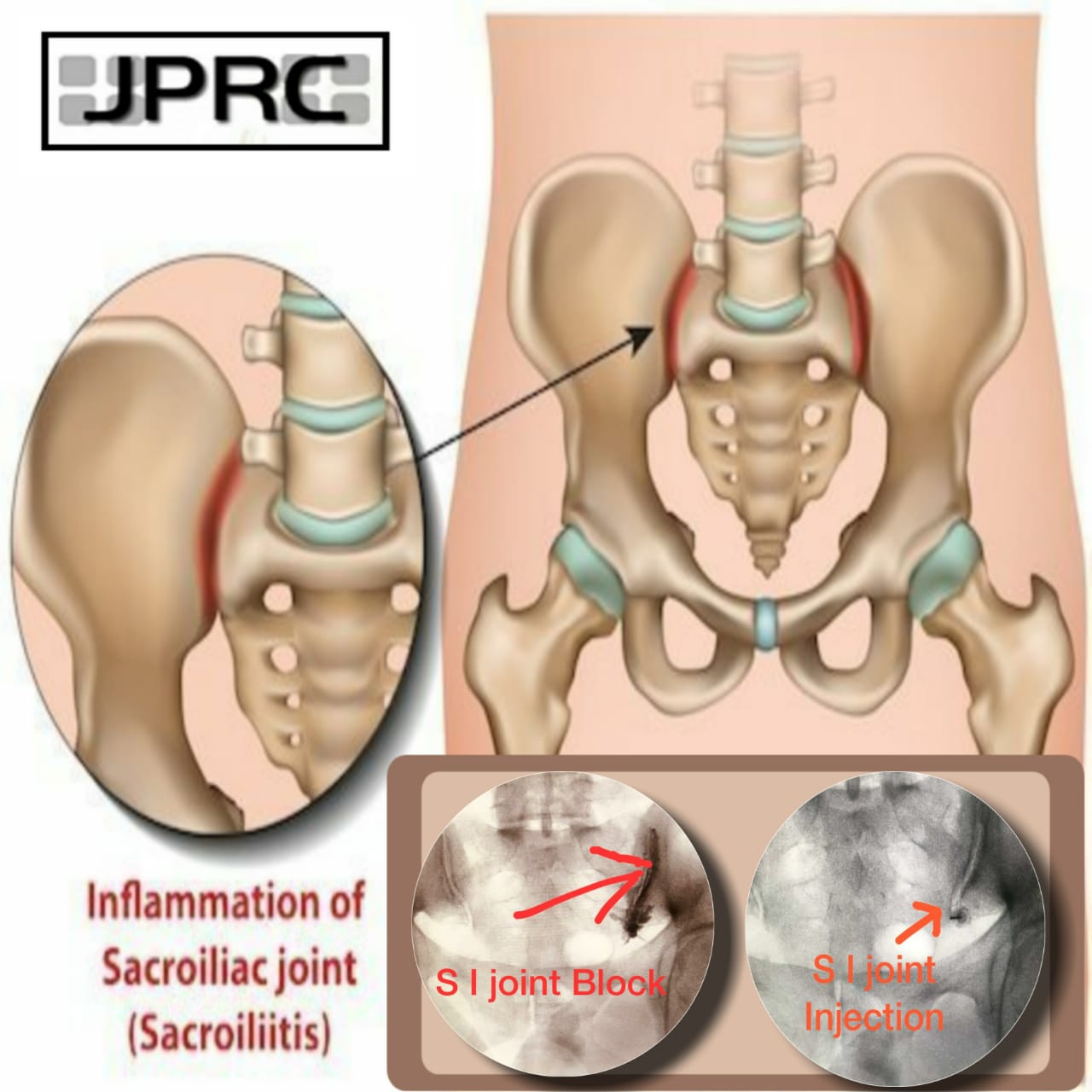




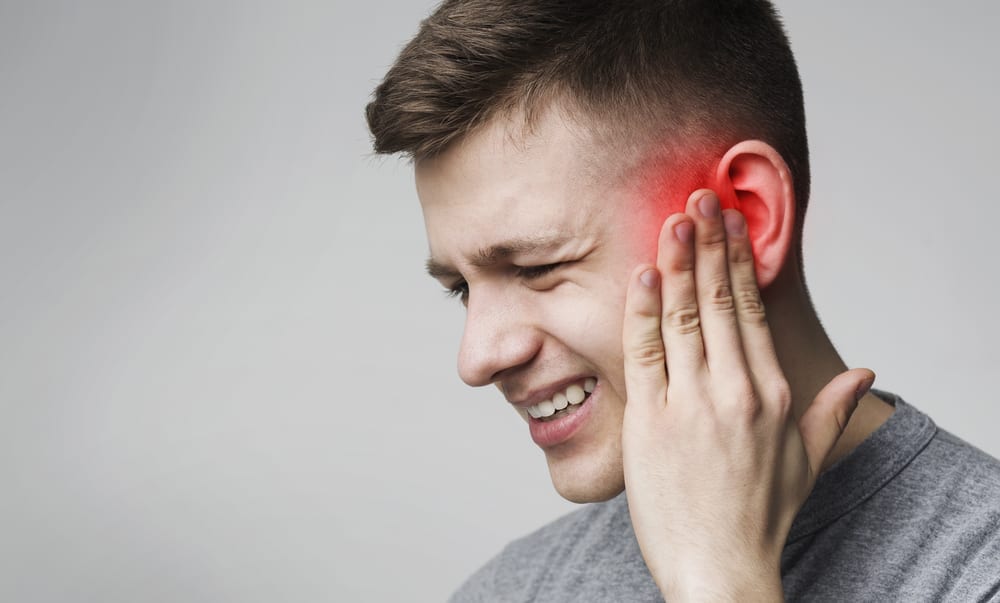
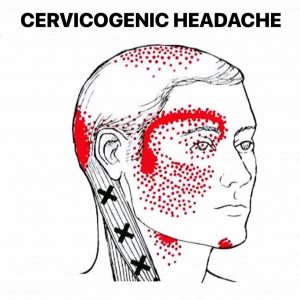




.jpg)



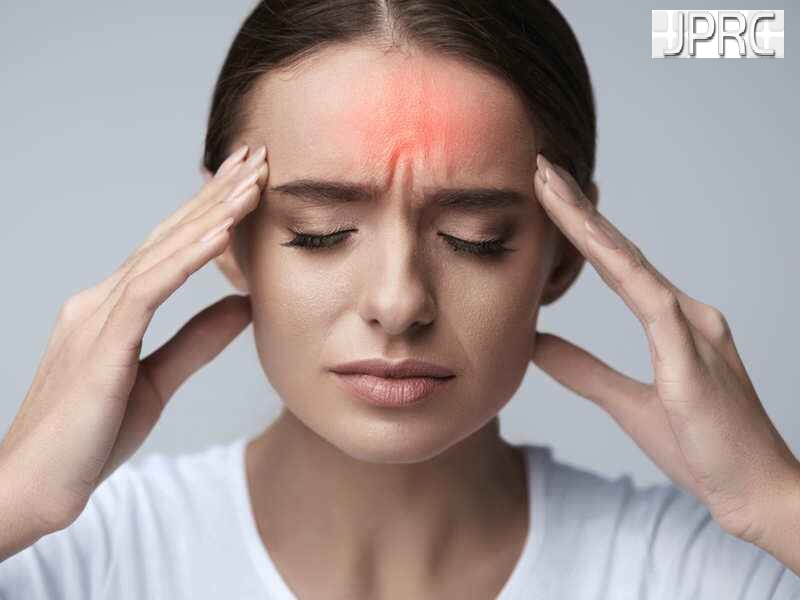
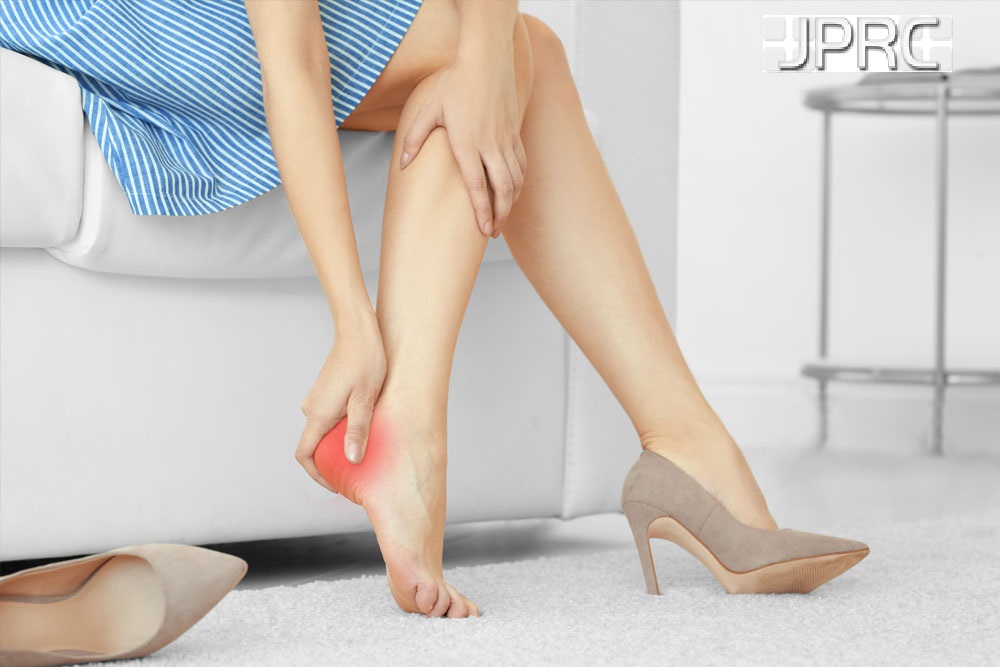
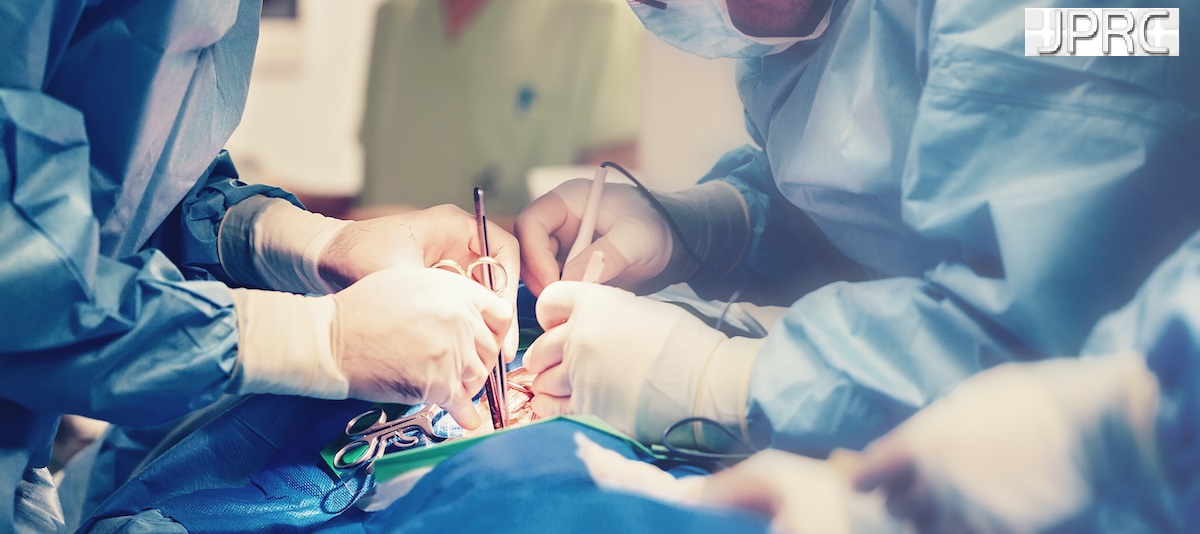
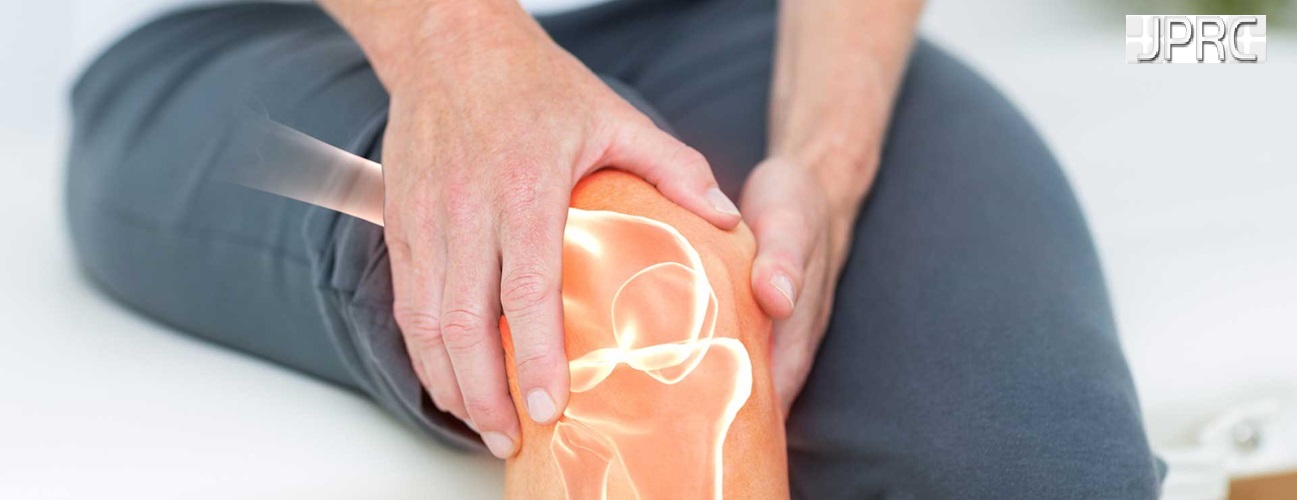

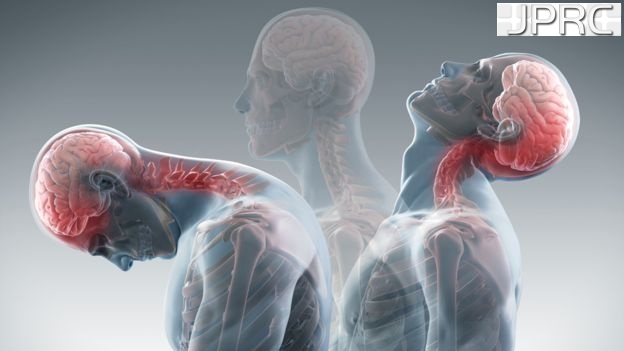


_Injection_Description_in_Hindi.jpg)

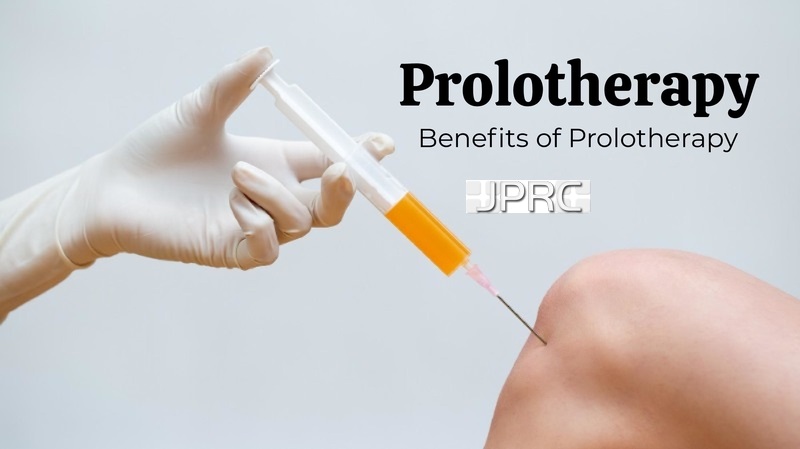





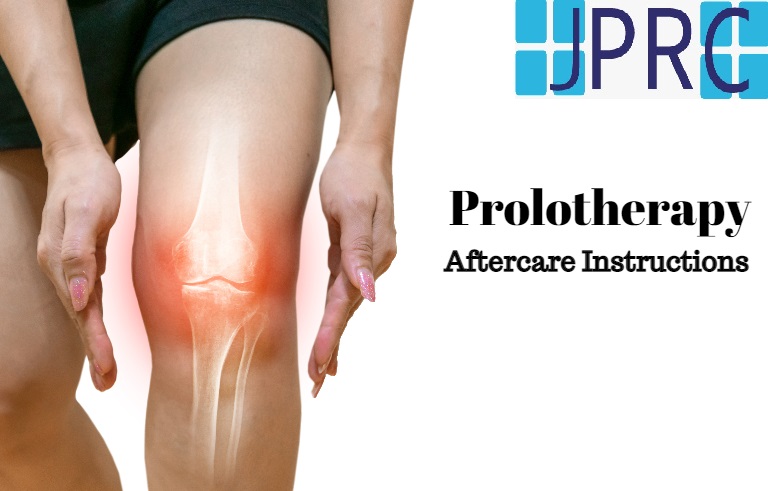
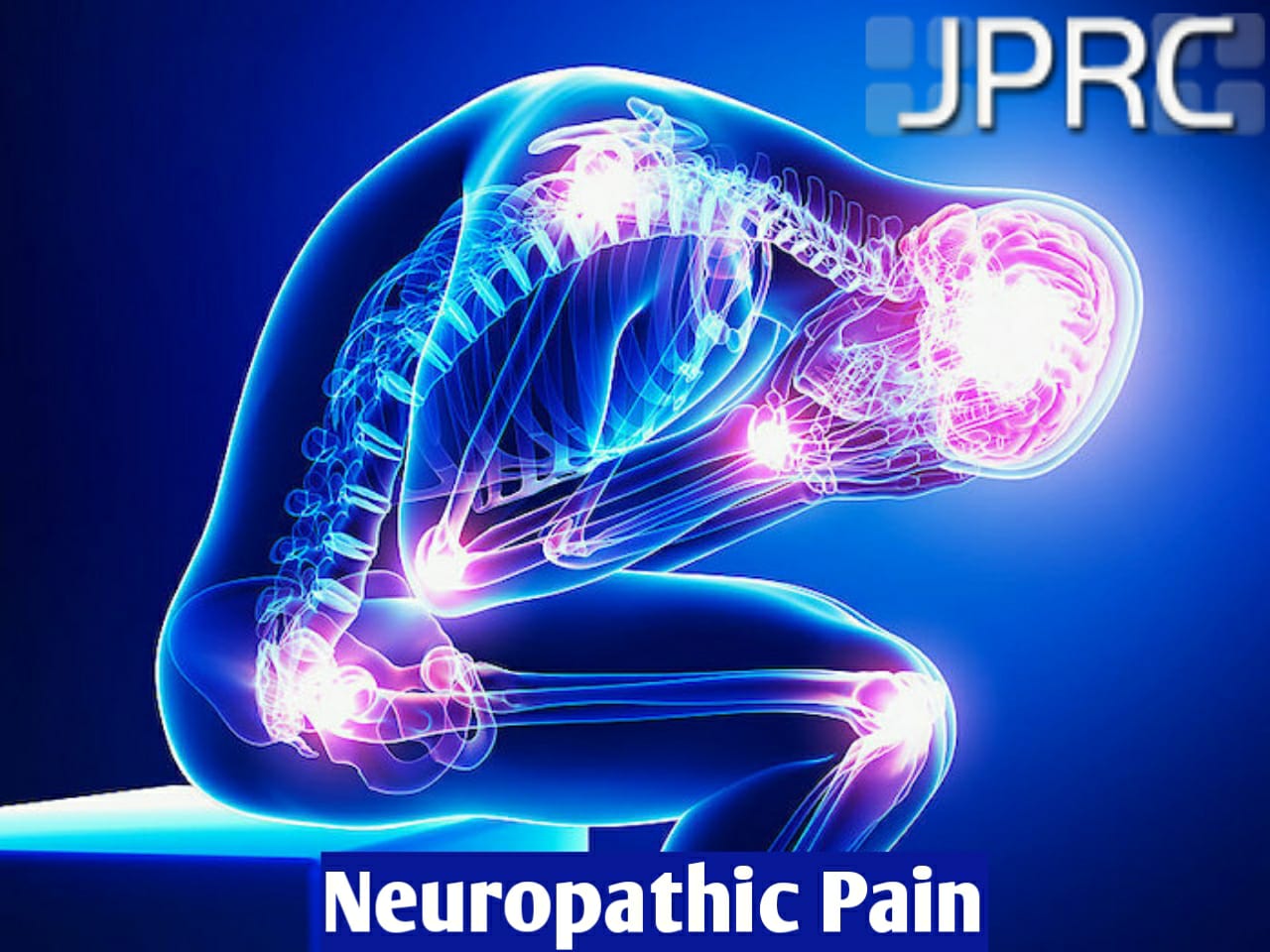
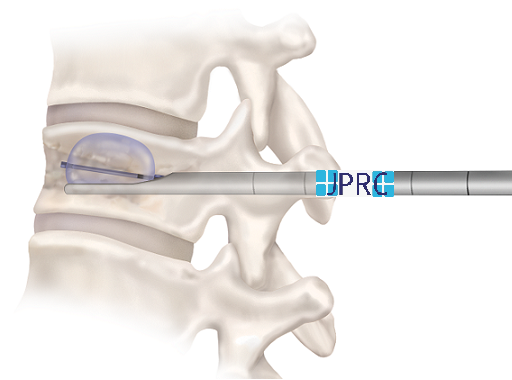
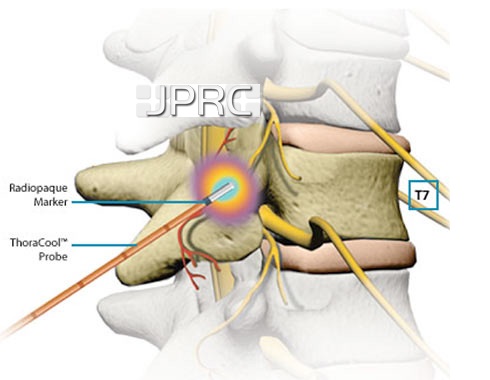



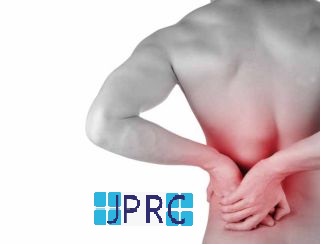

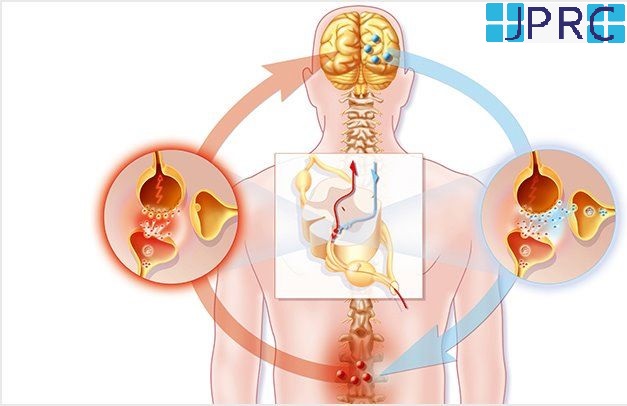

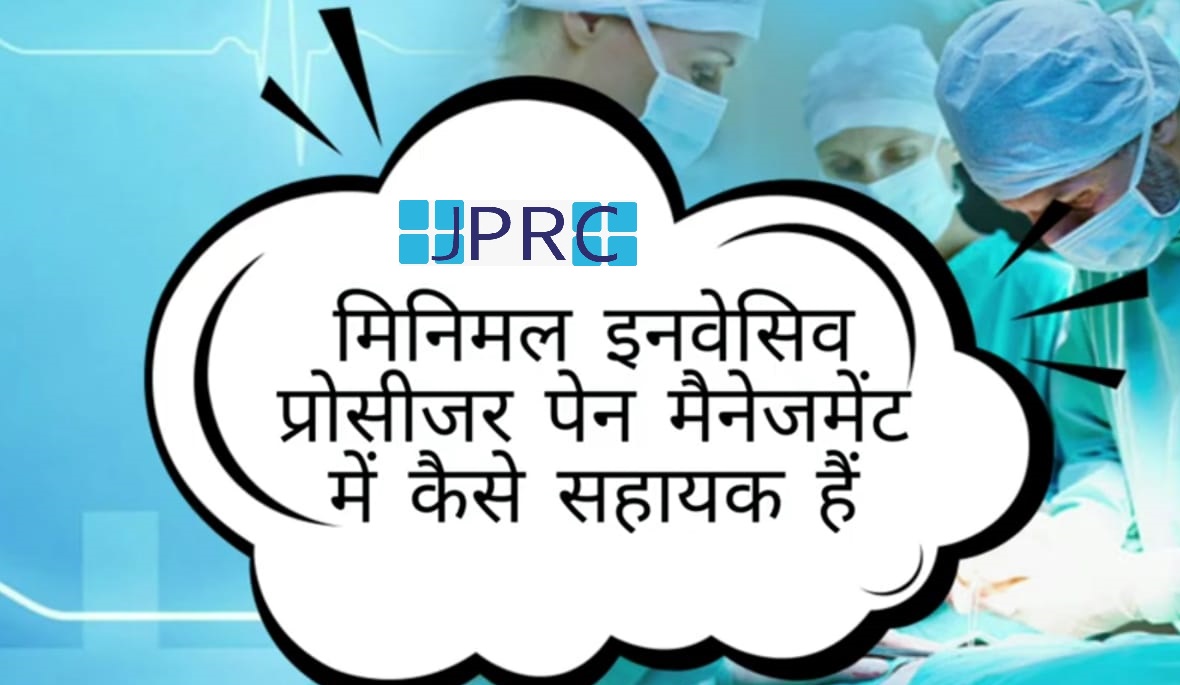
.jpg)

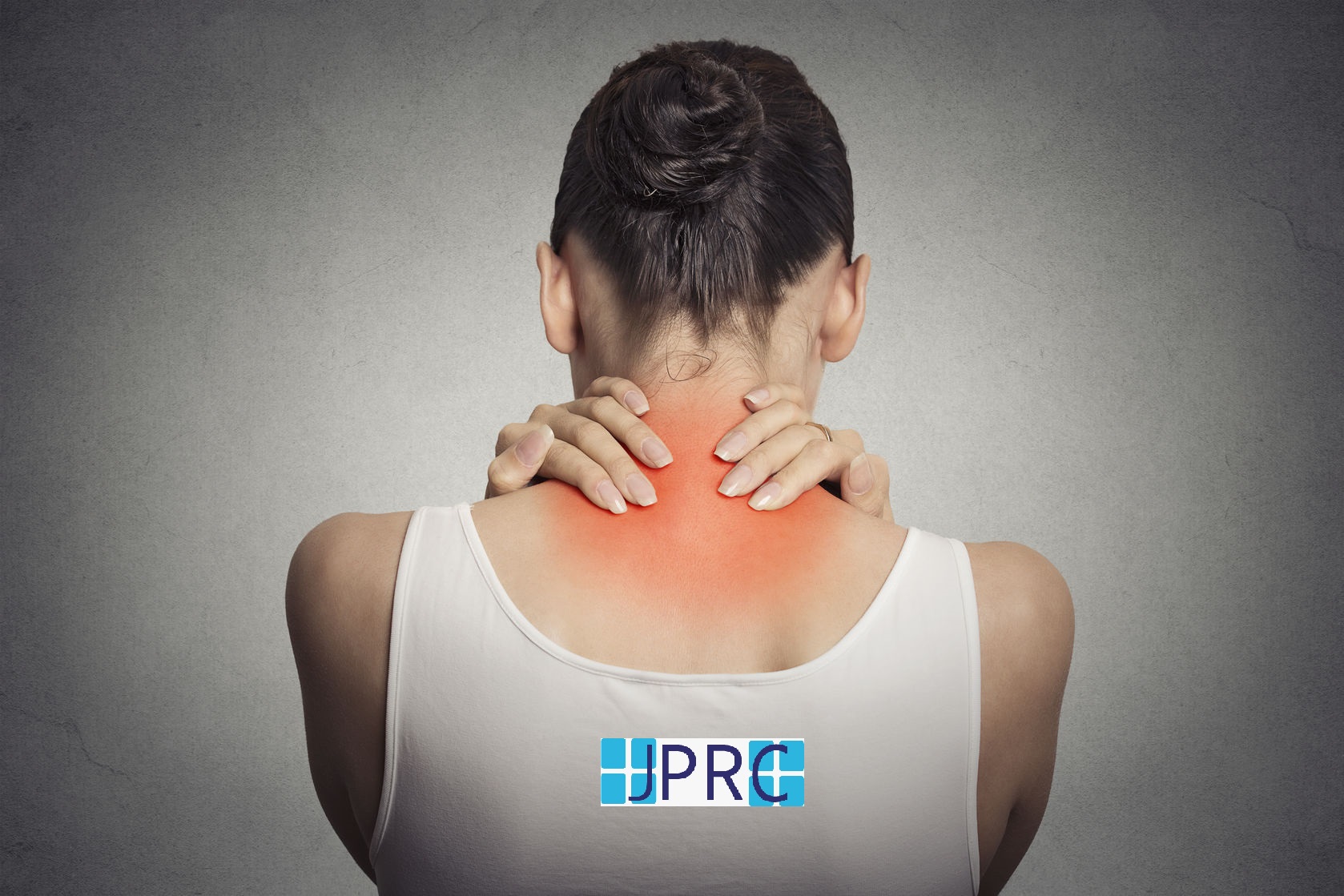
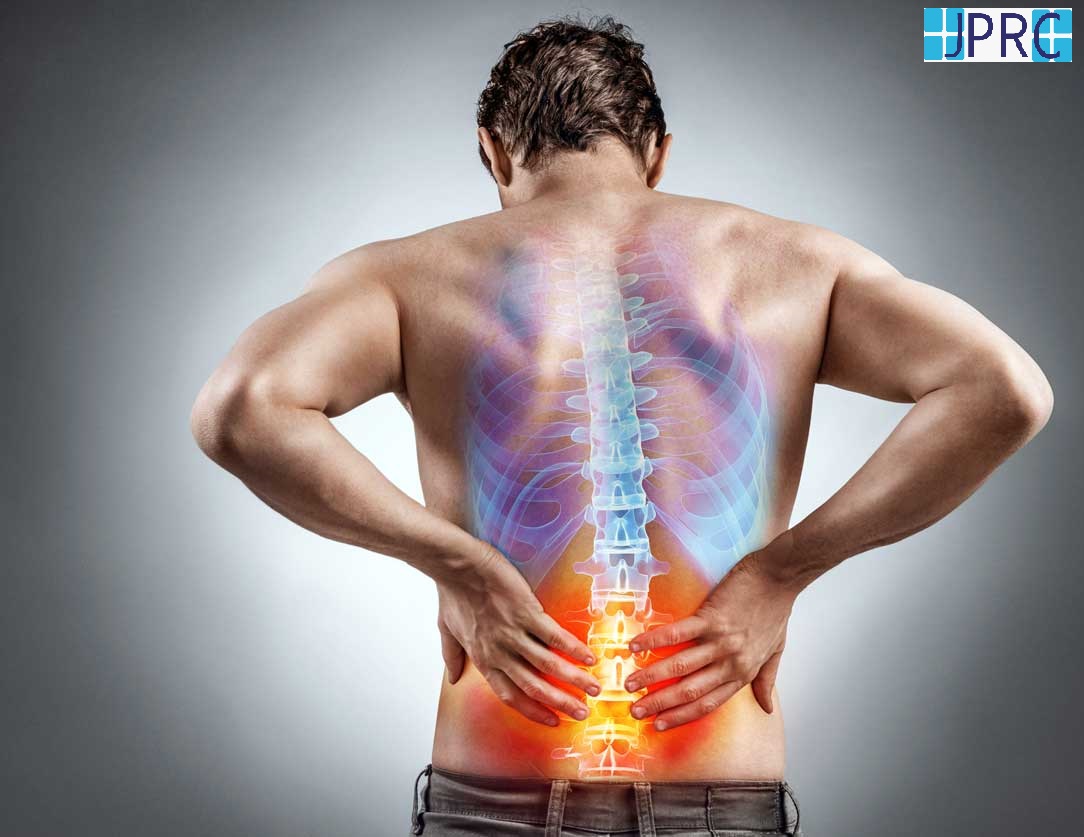
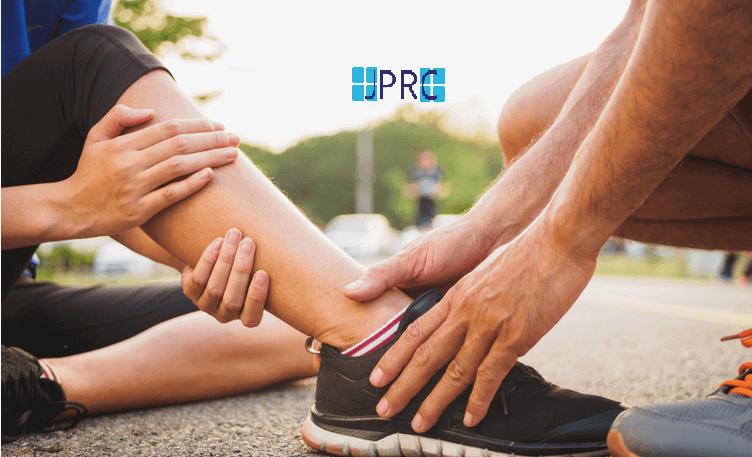
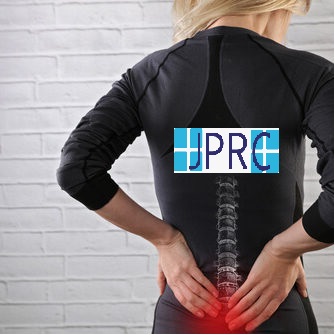



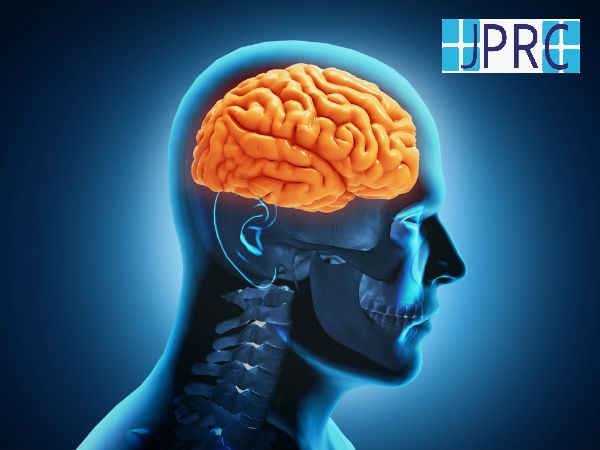

.jpg)
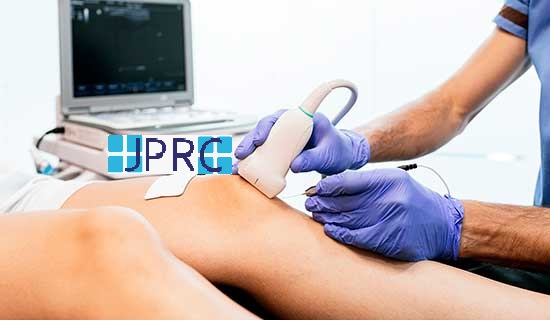

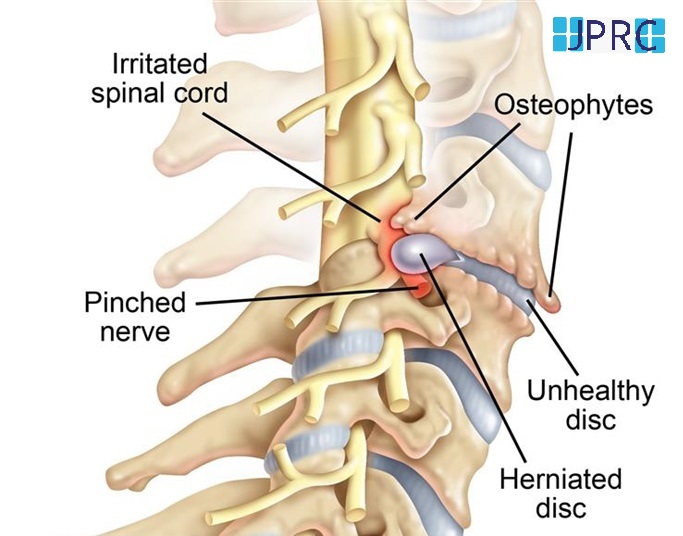

.jpg)
.jpg)
.jpg)




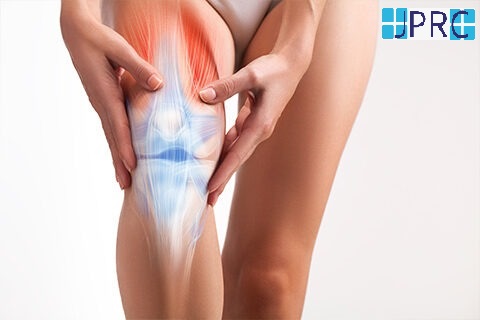
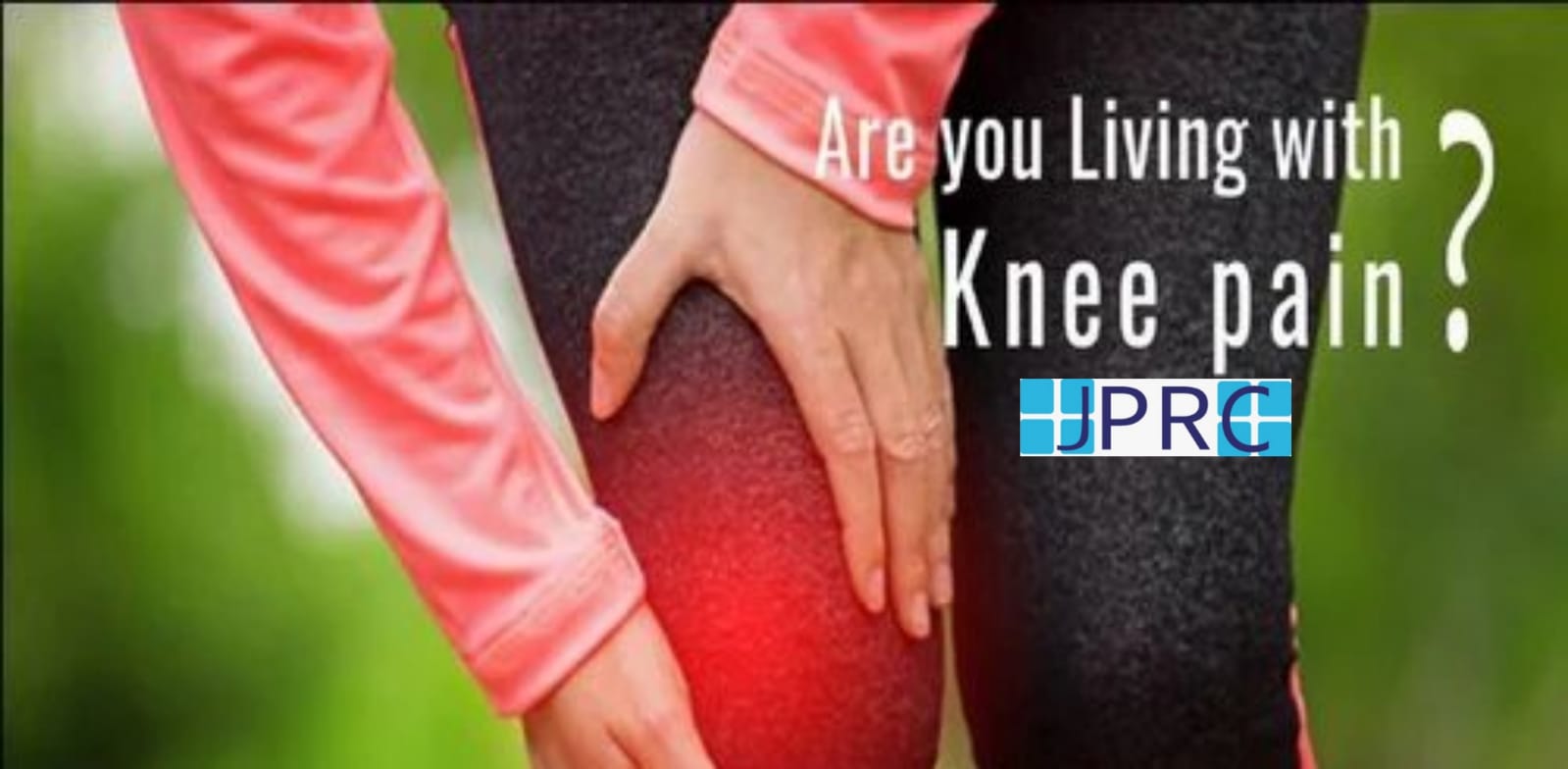

.jpg)
.jpg)
.jpg)
.jpg)
.jpg)
.jpg)
.jpg)
.jpg)
.jpg)
.jpg)
.jpg)
.jpg)
.jpg)
.jpg)
.jpg)
.jpg)
.jpg)
.jpg)
.jpg)
.jpg)
.jpg)
.jpg)



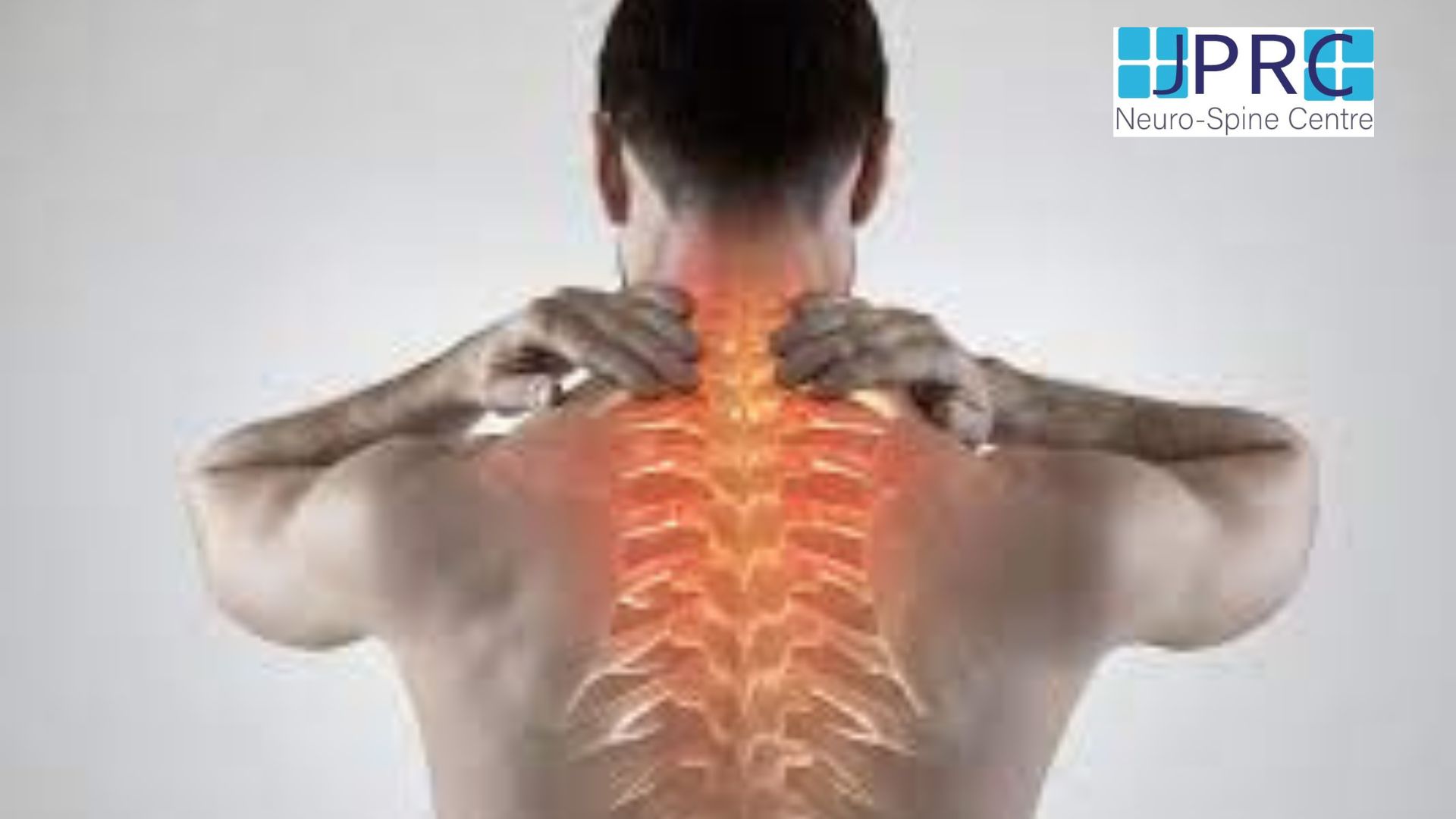
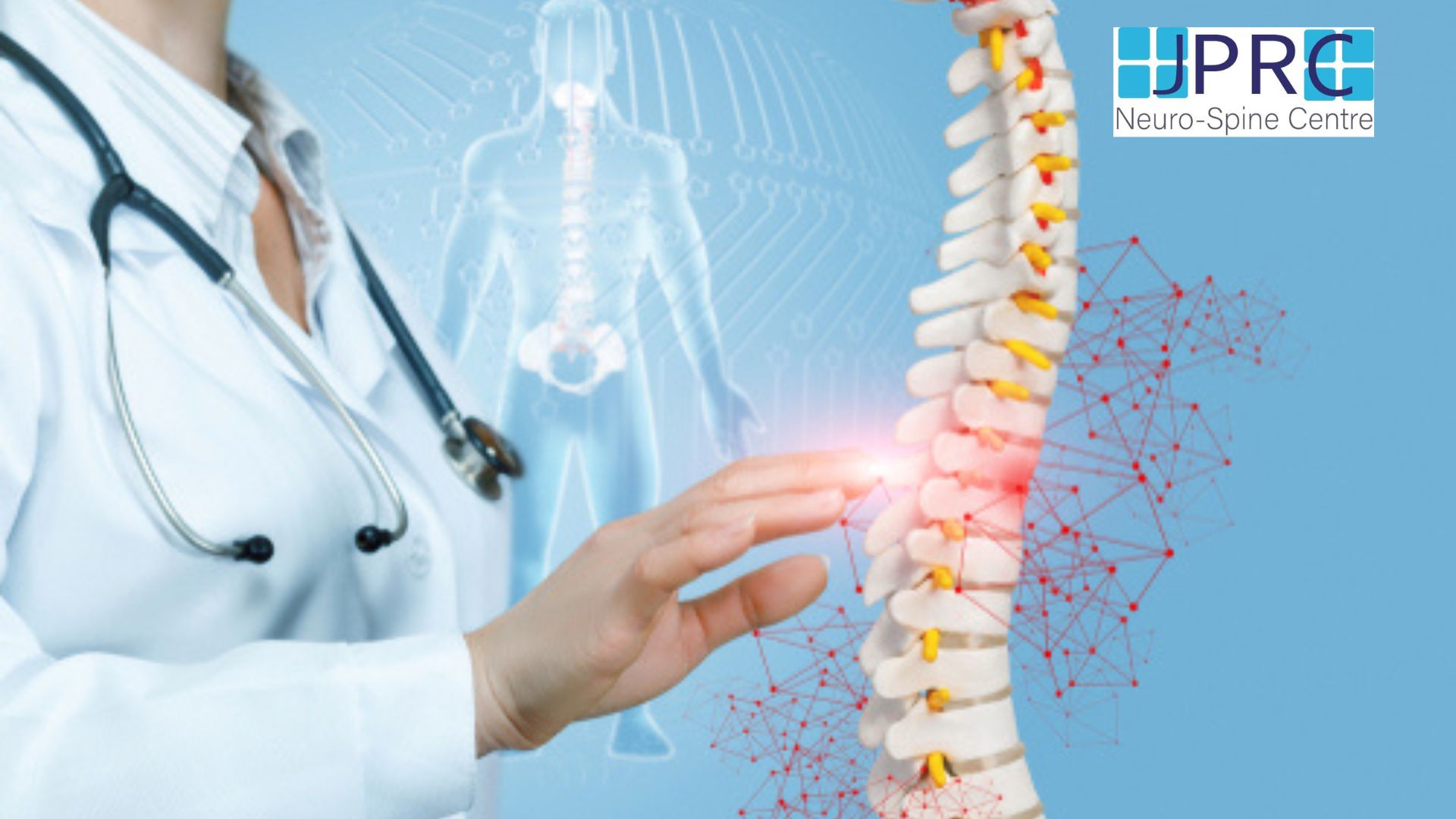



1.jpg)
1.jpg)
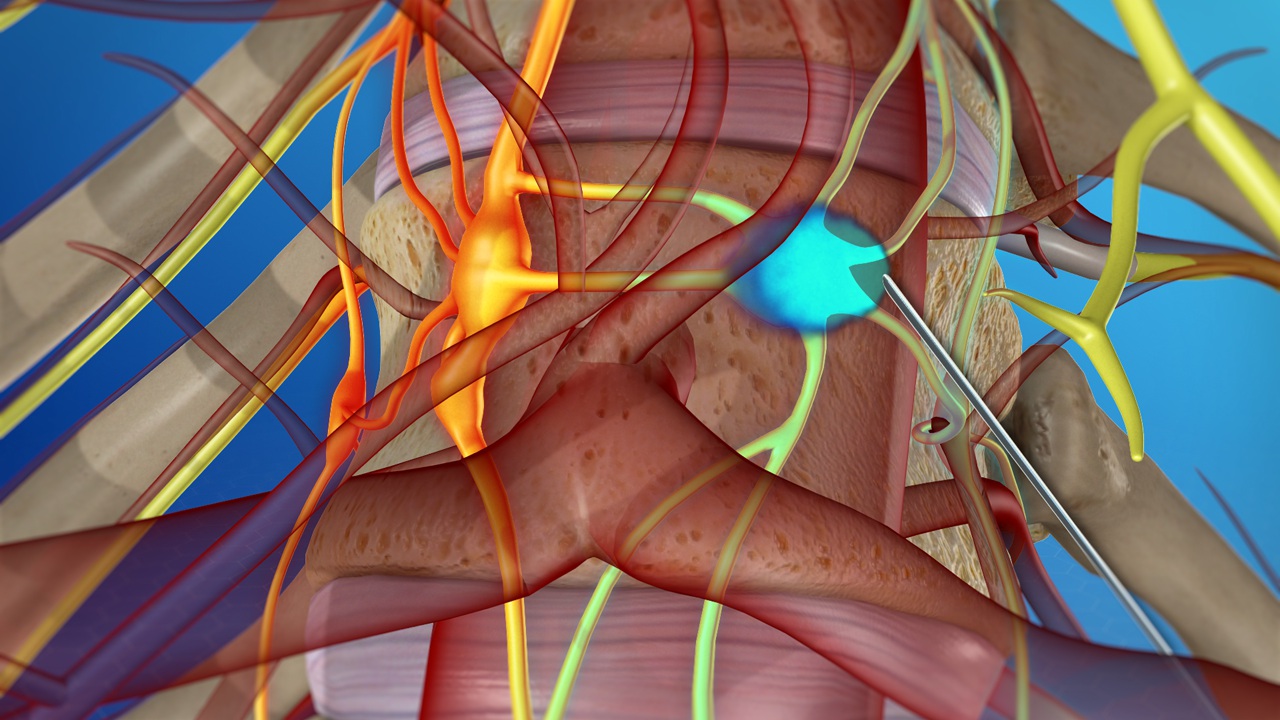
1.jpg)
1.jpg)
1.jpg)
1.jpg)
1.jpg)

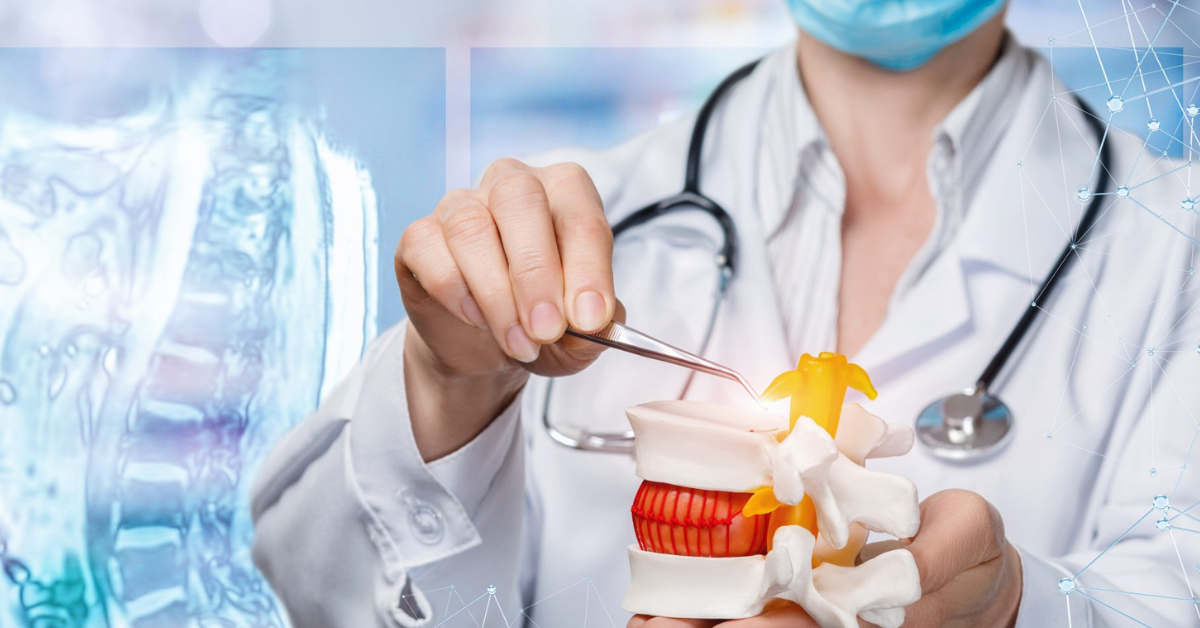








2.jpg)
3.jpg)
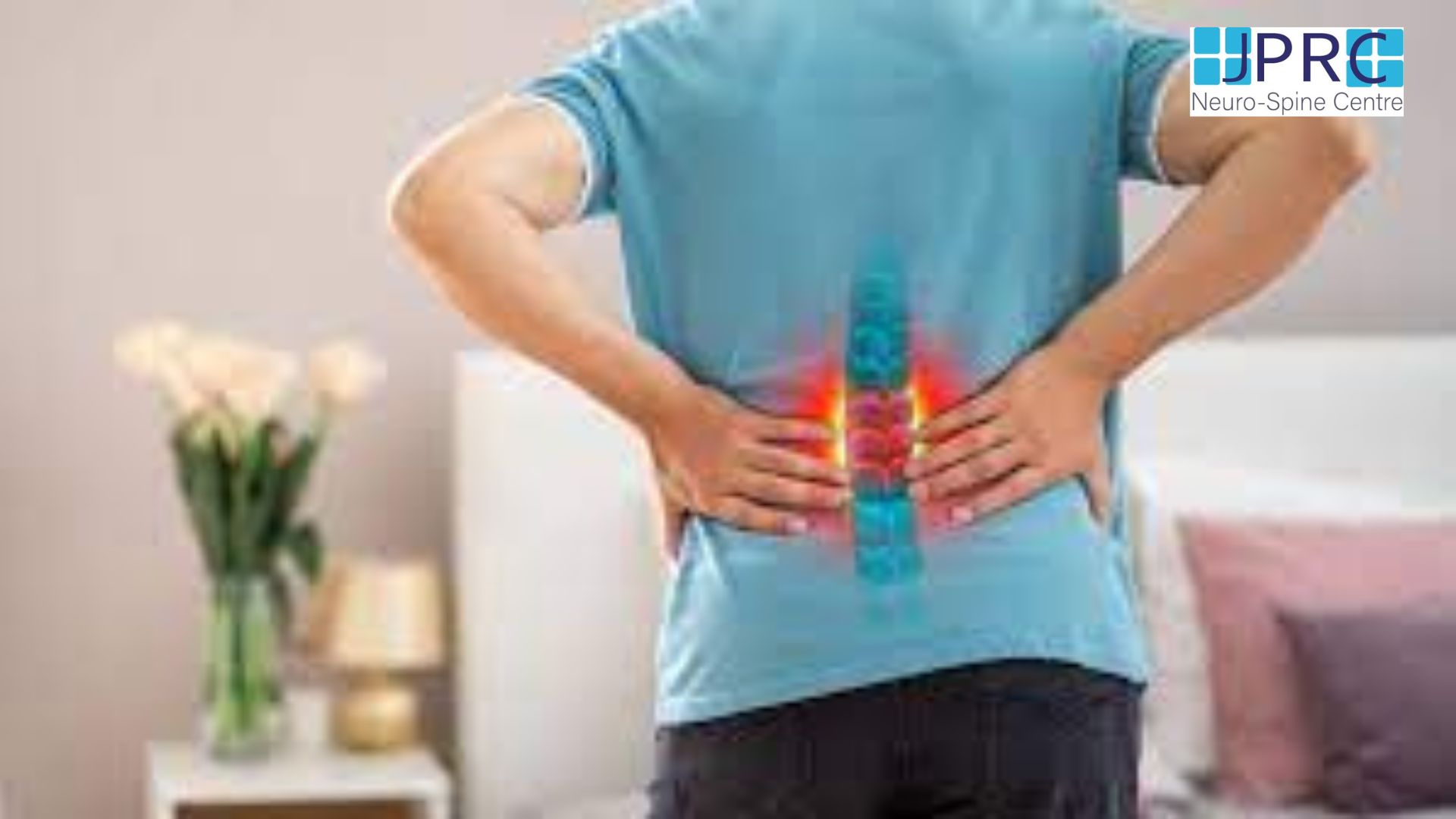
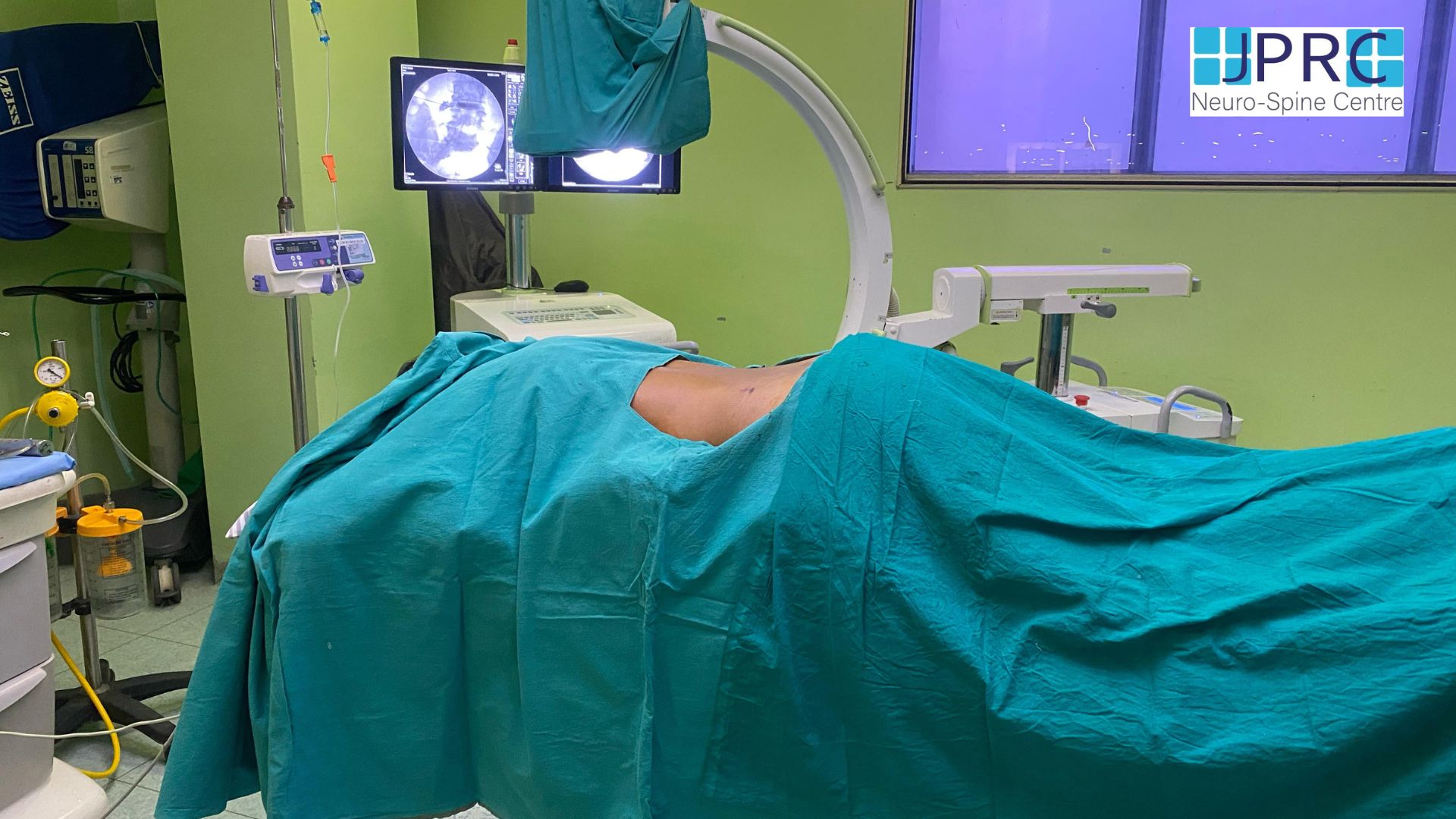
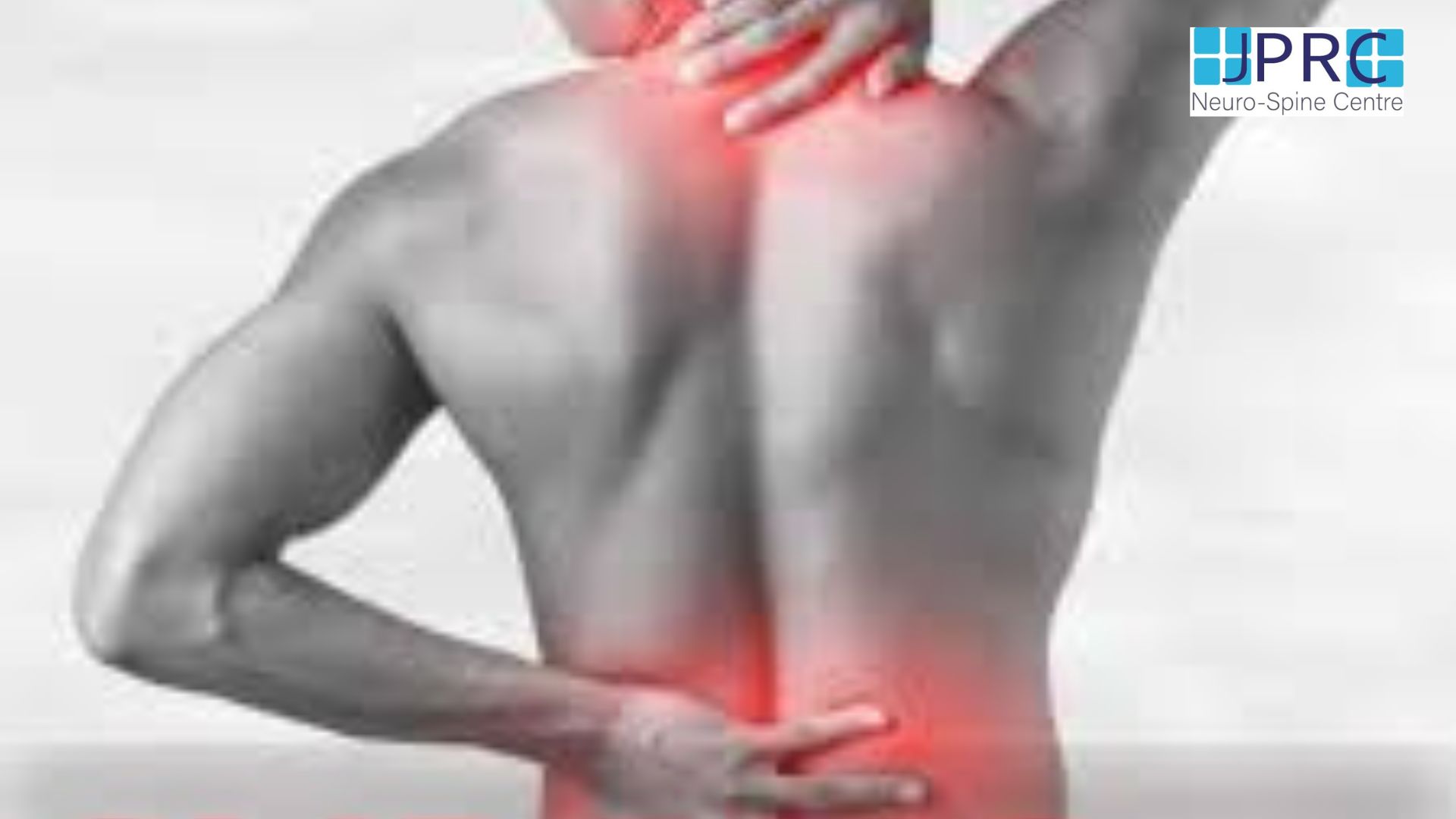
4.jpg)
1.jpg)
2.jpg)
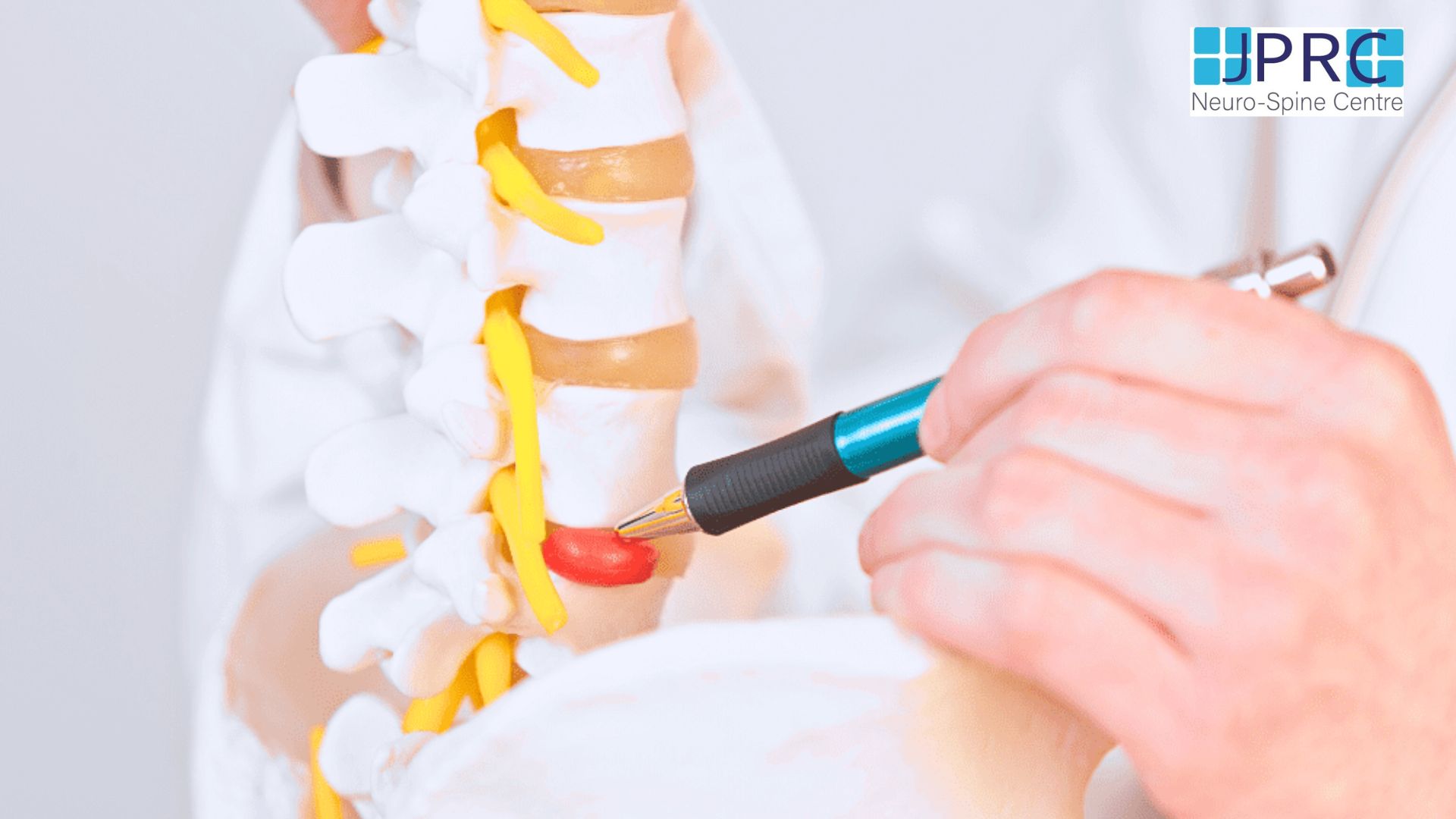
5.jpg)
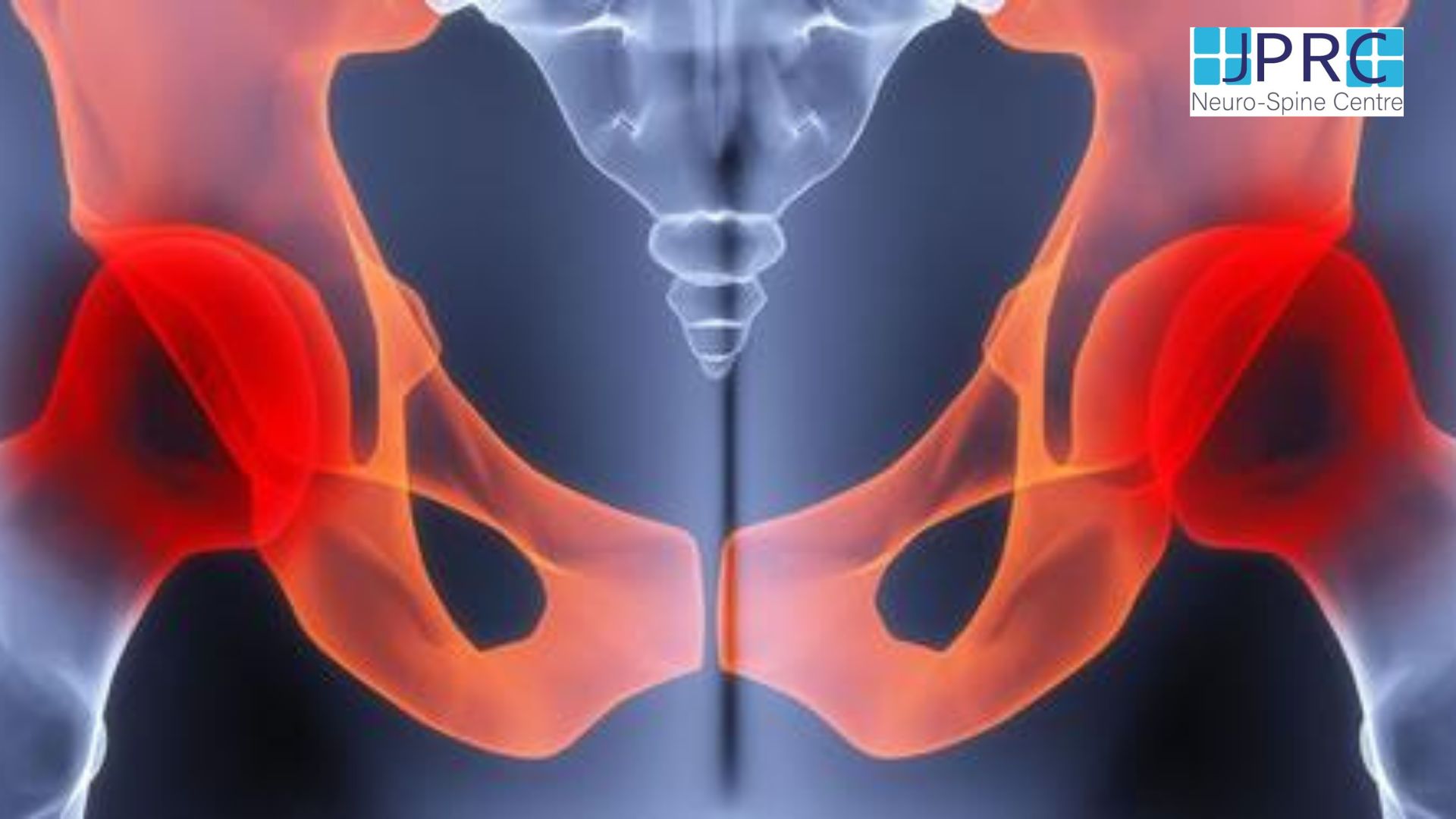
6.jpg)
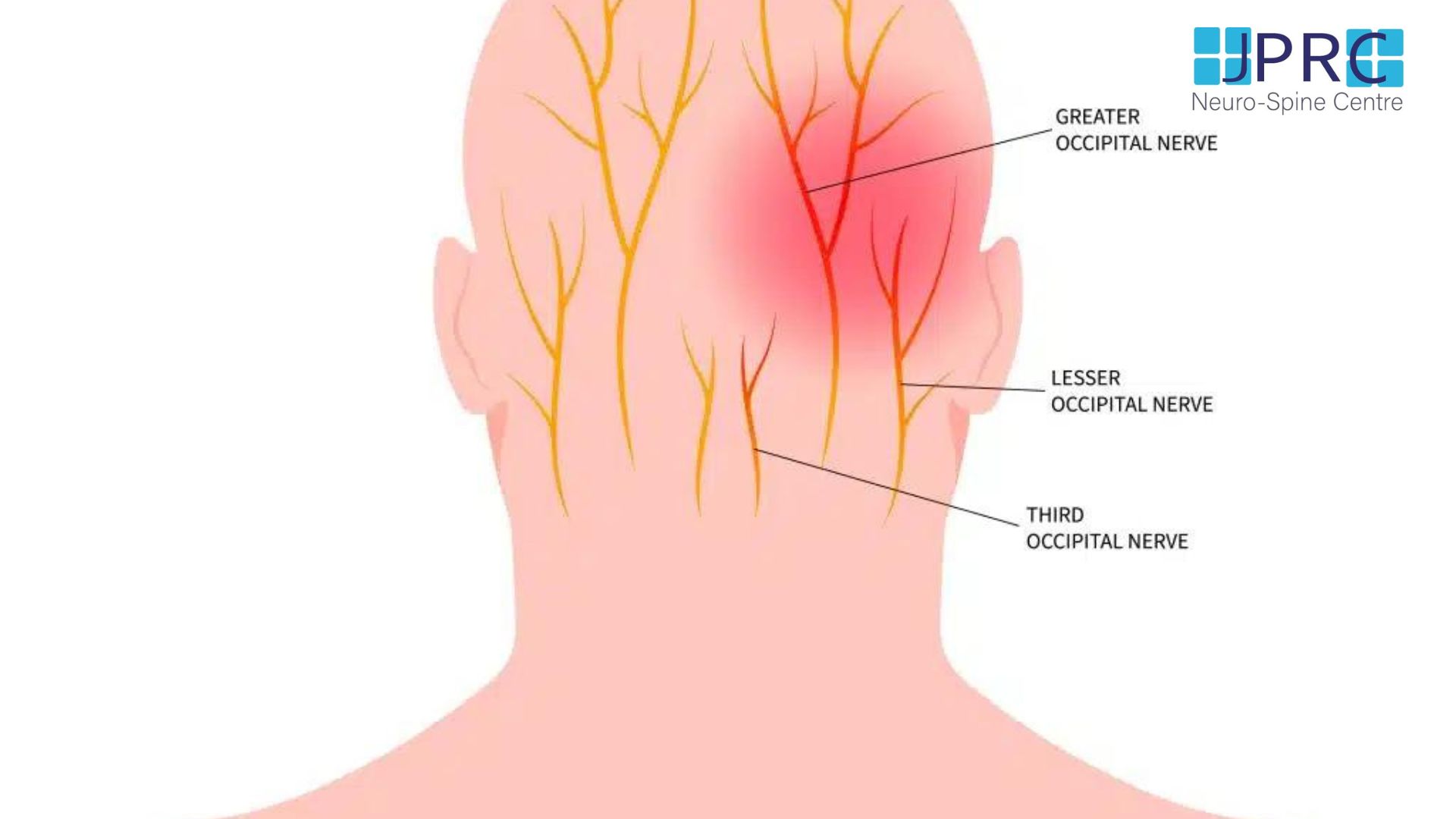


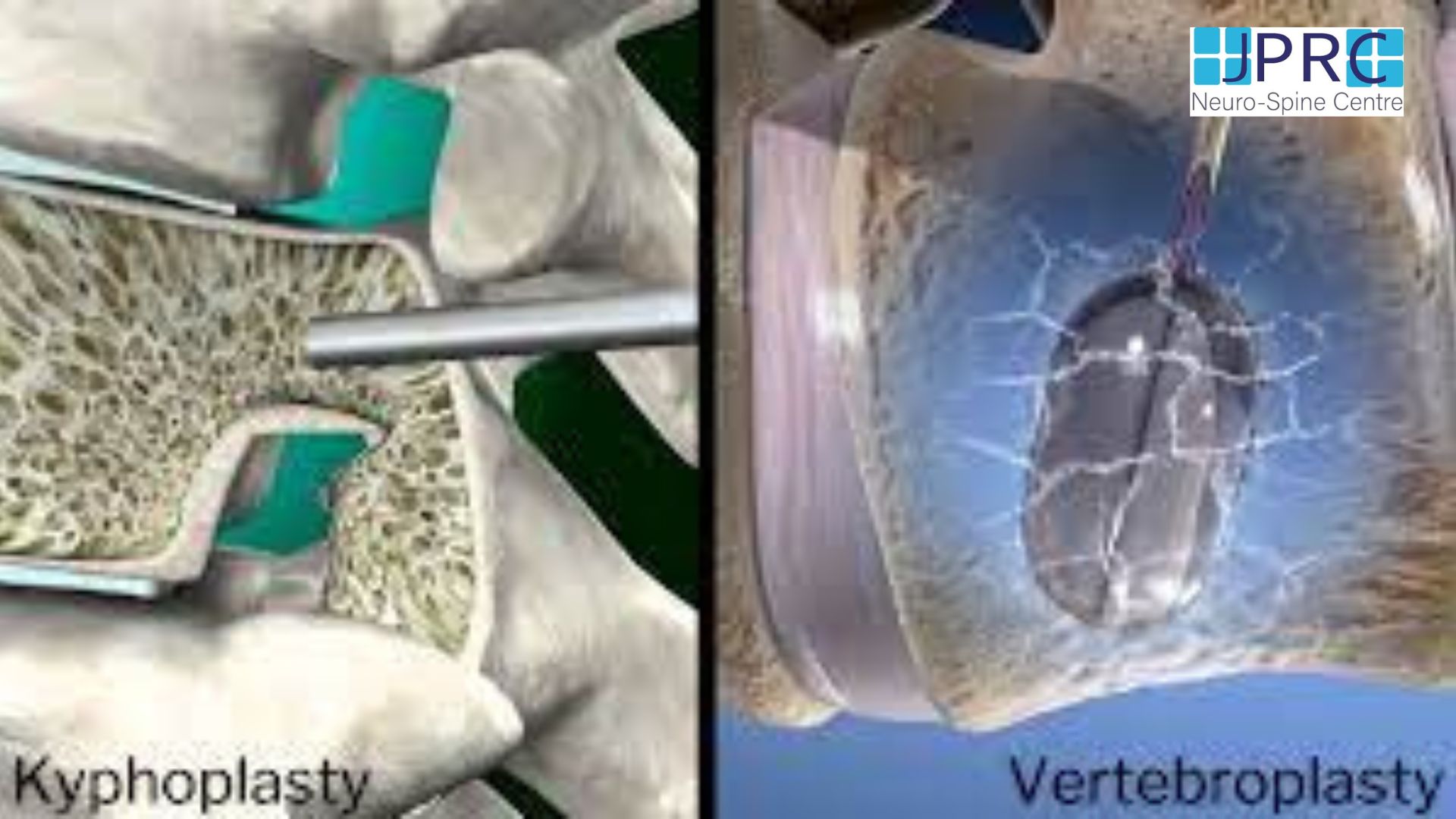
7.jpg)
2.jpg)

8.jpg)

9.jpg)
3.jpg)

10.jpg)

11.jpg)


12.jpg)
4.jpg)


























